Venice is unlike any other city in the world. Marble palaces rise up from the Venetian Lagoon, appearing to float on water. There are canals instead of roads, and the only way to get around is by boat or by foot. Cruising down the Grand Canal, you follow in the wake of Venetian traders and Crusaders who dominated the seas for nearly one thousand years. Venice is also a city of art, having played a key role in the painting advances of the Italian Renaissance. There are enough things to do in Venice to keep you busy for at least a week, but not everyone has that luxury. (Especially considering the steep price of hotel rooms!) This itinerary provides an introduction for first time visitors who have just two days in Venice.
DAY 1
Cruise the Grand Canal
The Grand Canal is Venice’s main artery and winds through the city like a strand of spaghetti. The easiest and most affordable way to traverse the waterway is by public ferry, the vaporetto No. 1. You’ll be whisked past countless palaces and churches for the bargain price of €7.50 (one way). If you’d rather amble along in a gondola, be prepared to fork over at least €80 for the 25 minute ride. The Grand Canal is crossed by four bridges, including Ponte di Rialto, a 16th century stone arch topped with shopping stalls. You can’t miss it!
Tour the Doge’s Palace
The Republic of Venice was ruled by powerful doges, or dukes. They wielded said power from a suitably grand palace made from pink marble and white stone. The interior is even more impressive, with 24-carat gold ceiling stuccoes interspersed with masterpieces by Titian and Tintoretto. The standard Doge’s Palace tour takes visitors through the Doge’s private apartments, throne room, armory, and government chambers and courtrooms. You also get to walk in the doomed footsteps of prisoners as they were led from the courtroom to a prison cell. The path crosses the Bridge of Sighs, which gave the condemned one last glimpse of the beautiful city they were leaving behind.
Visit St Mark’s Basilica
This impressive domed church was built in the 9th century to house the remains of St Mark, patron saint of Venice. Glittering mosaics on the facade give only the slightest hint of the splendor hidden within. The interior is bedazzled with over 8,000 square meters of mosaics, the colorful Murano glass adorned with 24-carat gold leaf. Scenes include the epic recovery of St Mark’s body from Egypt and important events from the Bible. It is hard to take them all in on one brief visit! The basilica’s golden altarpiece, the Pala d’Oro, was crafted in Constantinople in the 10th century. The treasure is covered with cloisonne enamels, pearls, and precious gemstones, and is the only remaining piece of such art in the world. Photos are sadly prohibited inside St Mark’s Basilica, and visits are limited to about 15 minutes.
Ascend St Mark’s Bell Tower
St Mark’s Campanile, or Bell Tower, stands next to the basilica. The red brick structure is 99 meters high and topped with a golden angel. The tower was first constructed in the 12th century and has been rebuilt several times, most recently in 1902 following a total collapse. Don’t let that deter you, though! The panoramic view of Venice from the observation deck (accessed via elevator) is truly breathtaking.
Fill up on Cicchetti
Venetian cicchetti are snacks and small plates similar to Spanish tapas. They are meant to be enjoyed with a glass of wine while standing around a bar or osteria (tavern). Cicchetti are also a wallet-friendly way to sample a variety of local specialties. Plus, if you order enough of them, they can easily become a full meal. Fried meatballs, marinated anchovies, crostini topped with cheeses and cured meats, grilled polenta cakes, and small buns filled with creamed cod are just some of the snacks you can expect to find. I ordered a cicchetti platter at Osteria da Carla to make sure I tasted the full range of flavors.
DAY 2
Wander the Back Alleys and Canals
Venice’s canals are interwoven with a web of footpaths linked by over 400 bridges. The city is small enough that you can walk from one end to the other in about 30 minutes. But it’s far more rewarding to meander through the maze. Souvenir shoppers will find everything from miniature gondolas and ceramic Carnevale masks to Murano glass and Burano lace. Local delicacies can be found at Rialto Market, just west of the famous bridge. There are dozens of churches and museums for those in search of more serious pursuits.
One stop that seems to be on everyone’s itinerary is Libreria Acqua Alta, the Bookstore of High Water. The shop (along with the rest of Venice) is prone to flooding, so books are piled in tubs and gondolas to keep them dry. Cats lounge atop the stacks, adding to the charm. The bookstore’s famous book staircase was a sodden mess at the time of my visit, but it seems to be rebuilt regularly.
Visit the Correr Museum
In 1830, the late Teodoro Correr bequeathed his extensive art collection and palace to Venice with instructions for it to be turned into a museum. The collection was augmented over the years with donations and acquisitions until it eventually grew so large that a new home was needed. After several moves, the Correr Museum is now located in the “Napoleonic Wing” on St Mark’s Square. The building was designed as Napoleon’s imperial residence and was later used by Hapsburg rulers and the King of Italy. The opulent architectural details almost eclipse the art.
Visits begin in Napoleon’s grand ballroom and then pass through the private apartments of the Hapsburg Empress Elisabeth. The museum also includes 20 rooms filled with paintings, Murano glass chandeliers, seafaring maps, and rare books that showcase centuries of Venetian culture.
Eat All the Pasta
Italy is of course the land of pasta and it would be criminal to visit without eating as much as possible. There is a seemingly endless variety of pasta shapes and styles, reflecting the country’s diverse regional tastes. My favorite pasta is tagliatelle al ragù, the signature dish from Bologna. It features a rich meat sauce that’s been simmered for ages with pancetta, wine, milk, onions, and carrots, and is far superior to the tomato-based “bolognese” sauce served outside of Italy.
Another traditional pasta dish worth trying is spaghetti al nero di seppia, or spaghetti with squid ink. The black color might be off-putting at first, but it is simply the result of stewing fresh squid in its own ink. The umami flavor it imparts is the deepest essence of the sea. Although originally from Sicily, the dish is very popular in the Veneto region and shows up on many menus in Venice.
Say Saluti at a Prosecco Bar
Prosecco is to Italy what Champagne is to France. The white sparkling wine is produced in the Veneto and neighboring provinces, making it the perfect choice for a farewell toast to Venice. For something a little more special, head to Enoteca Al Prosecco. This bar serves only organic and biodynamic wines, letting the natural flavor of the grape shine through. The glass I’m raising below holds cloudy Prosecco, which was totally new to me. This unfiltered wine was exceptionally dry with a yeasty tang from the special in-bottle fermentation process. If you want to try it, ask for “col fondo.” Saluti!
Are you ready to experience two days in Venice?
PIN this blog for easy reference!
Tell me: what are some of your favorite things to do in Venice?
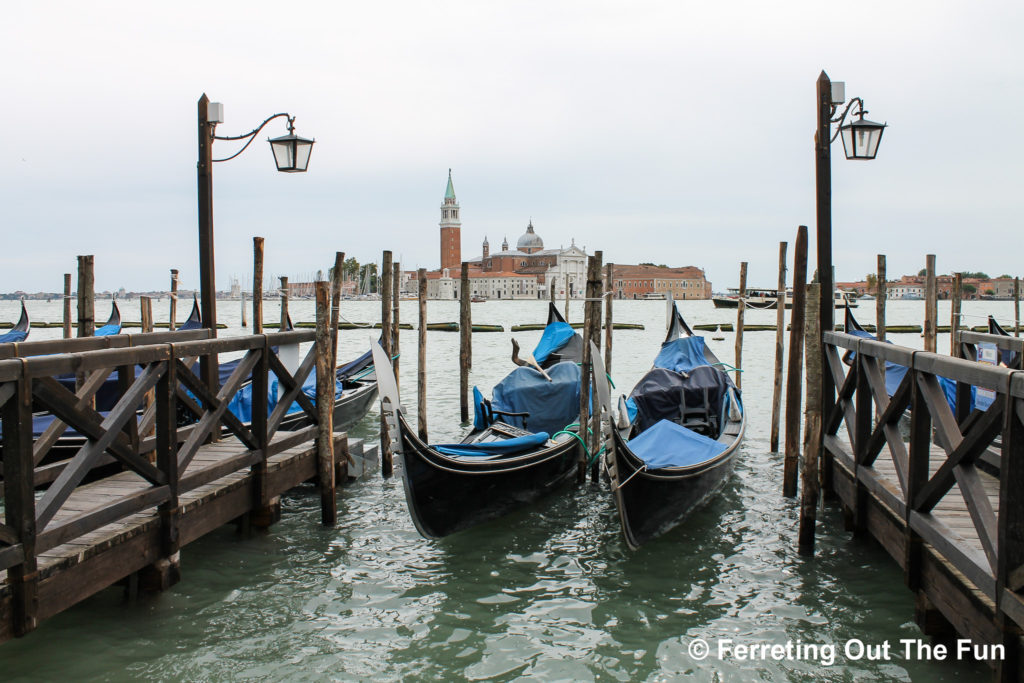
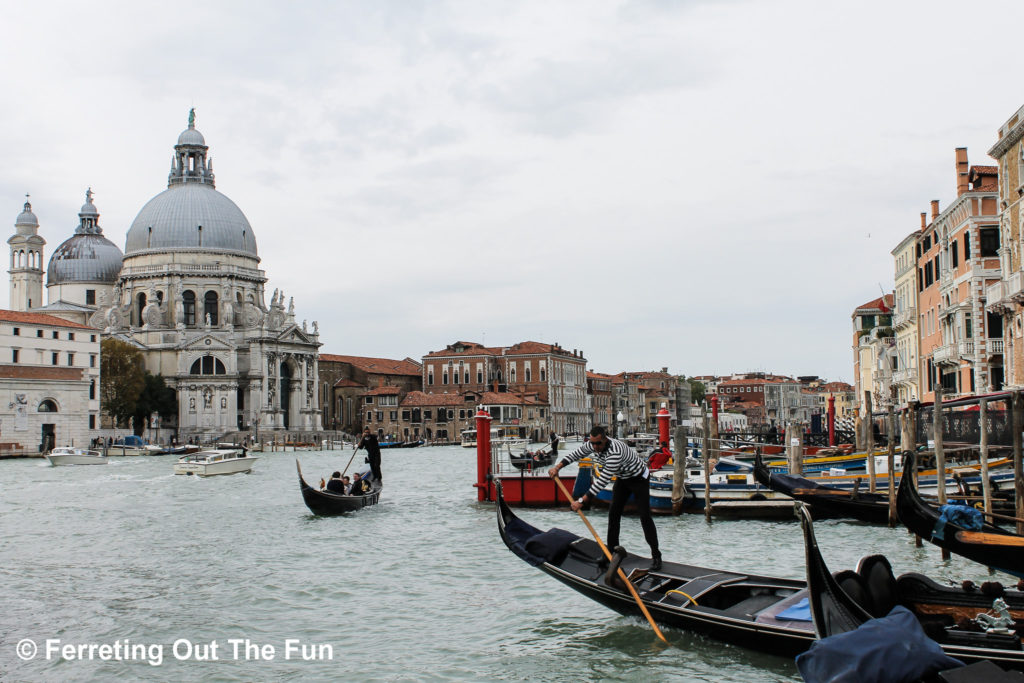
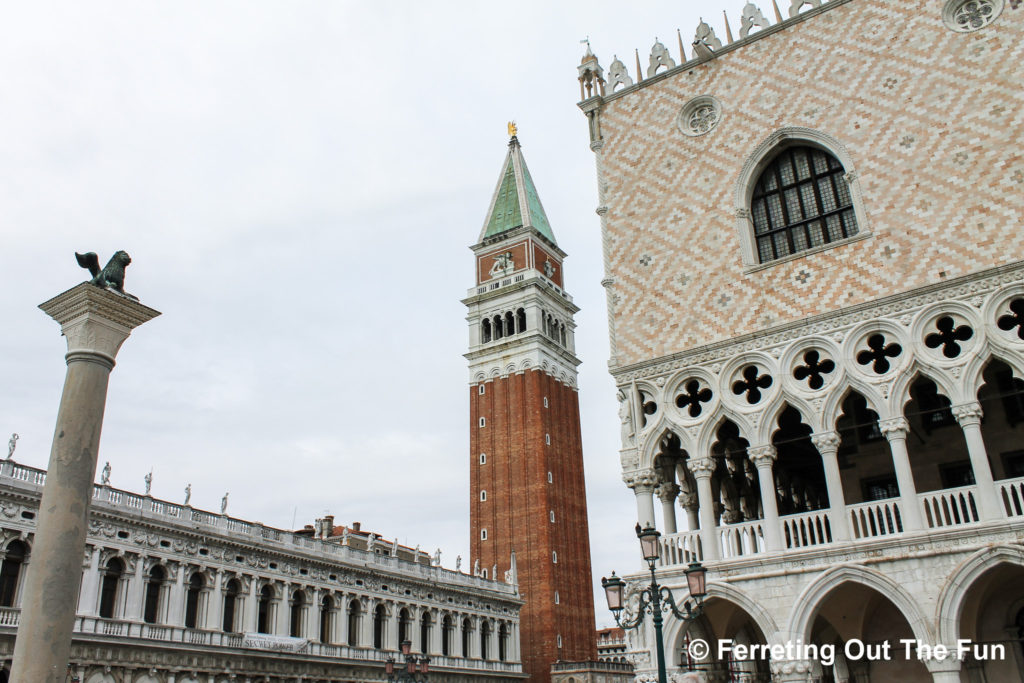
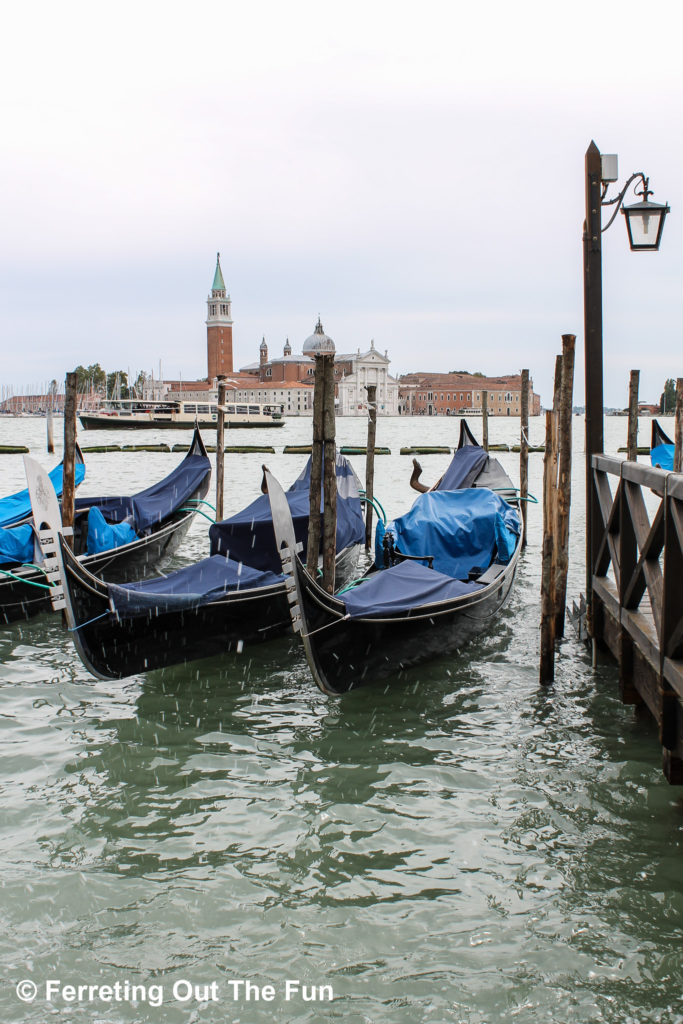
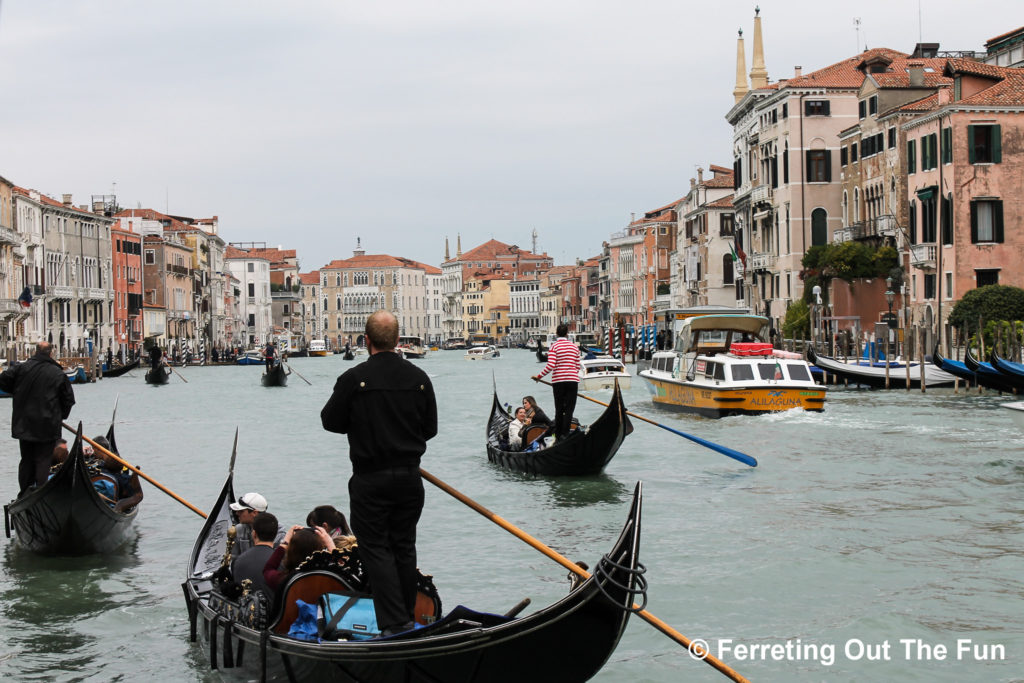
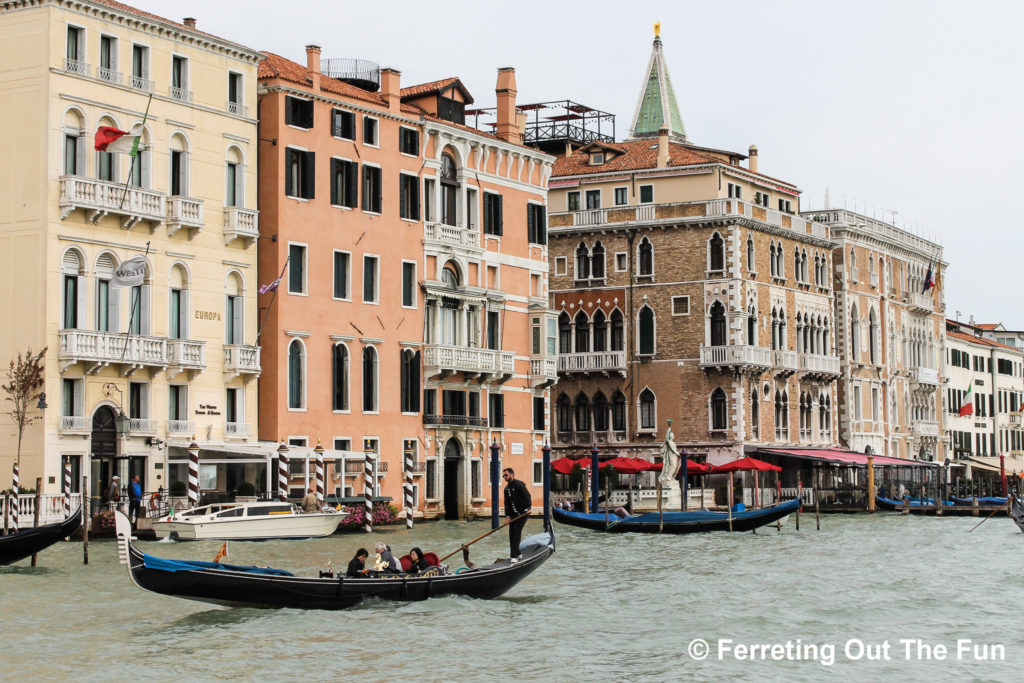
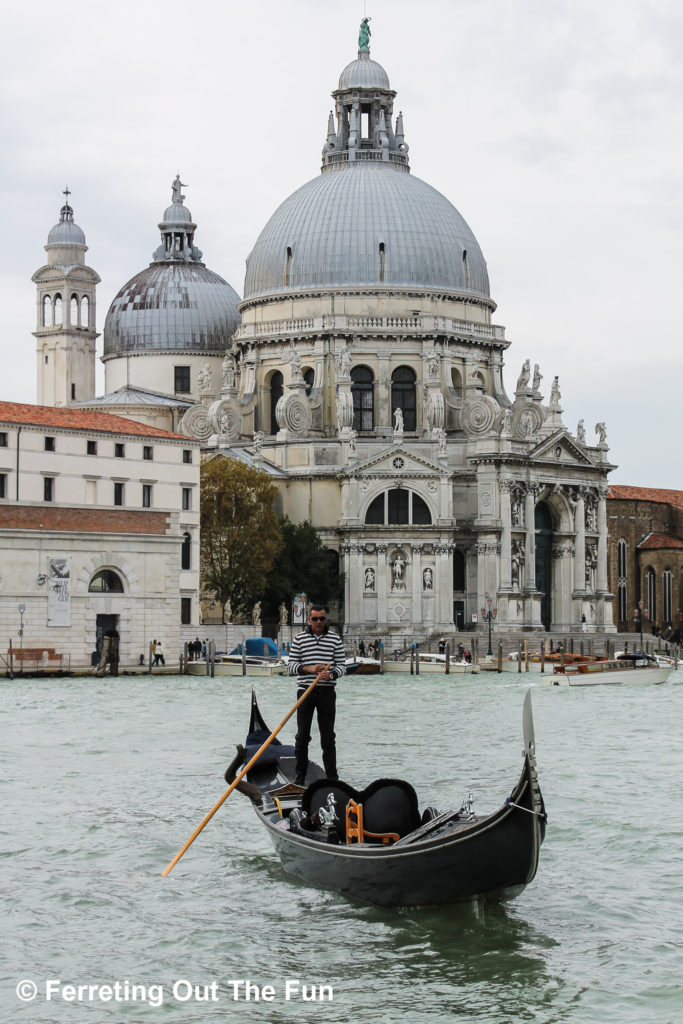
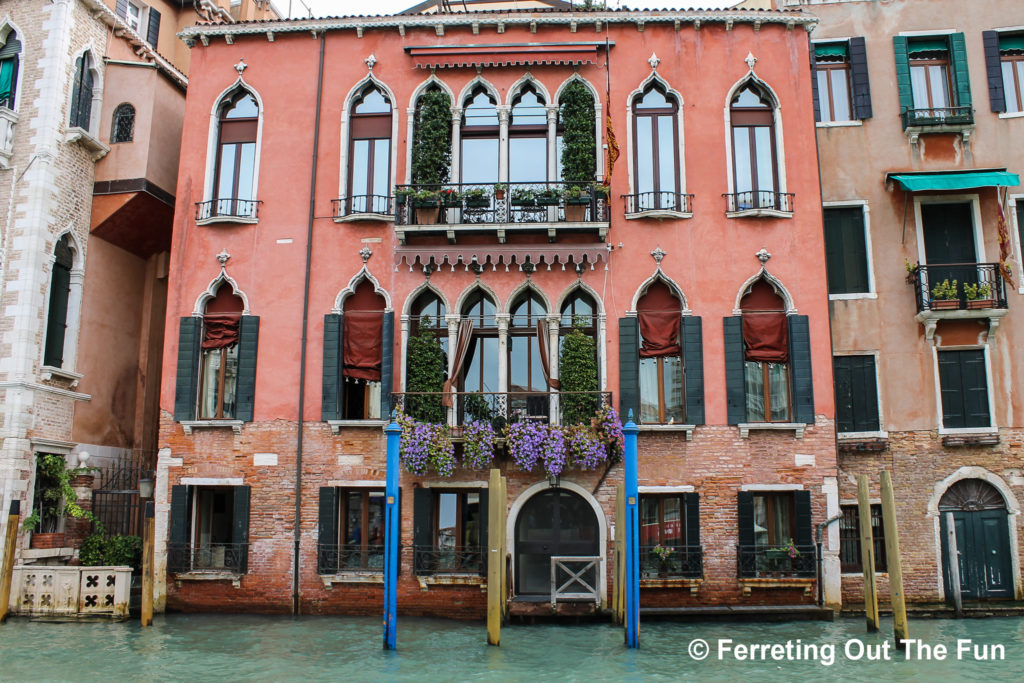
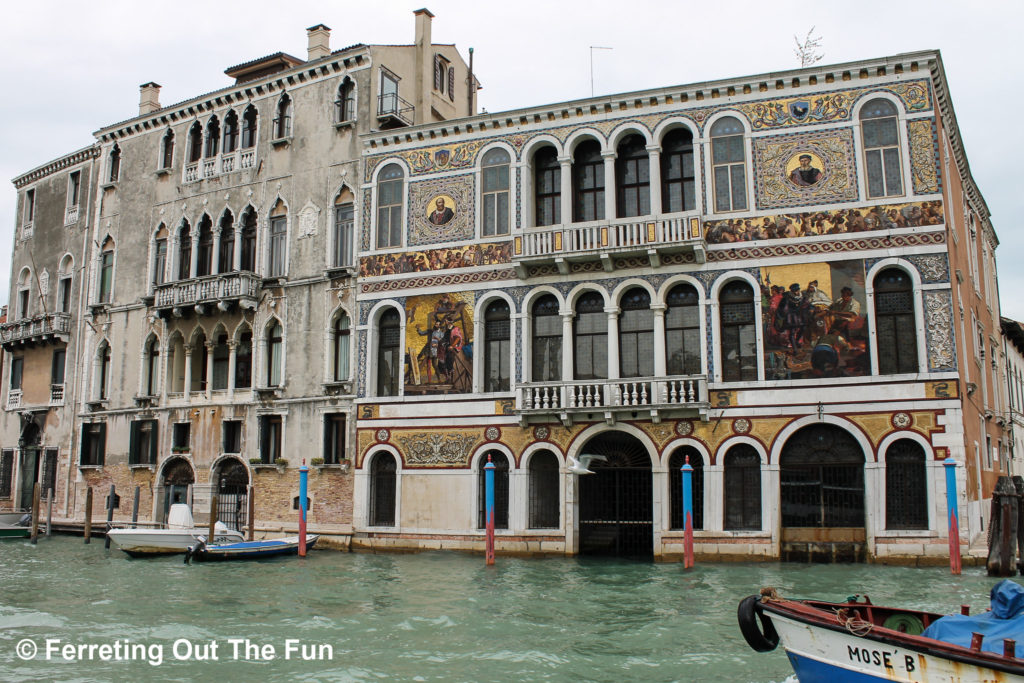
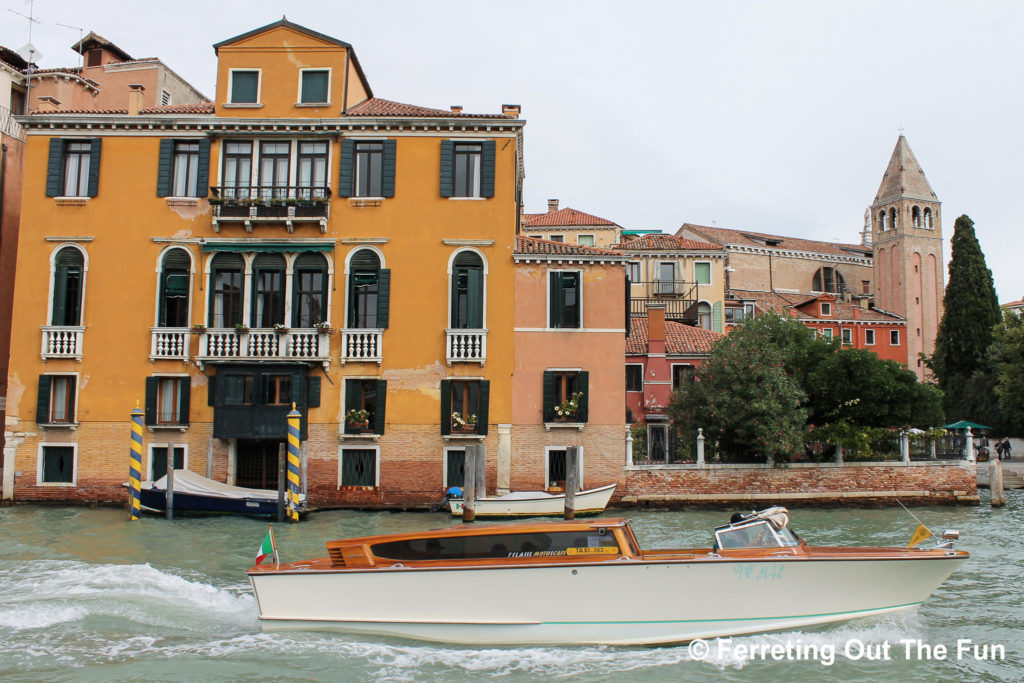
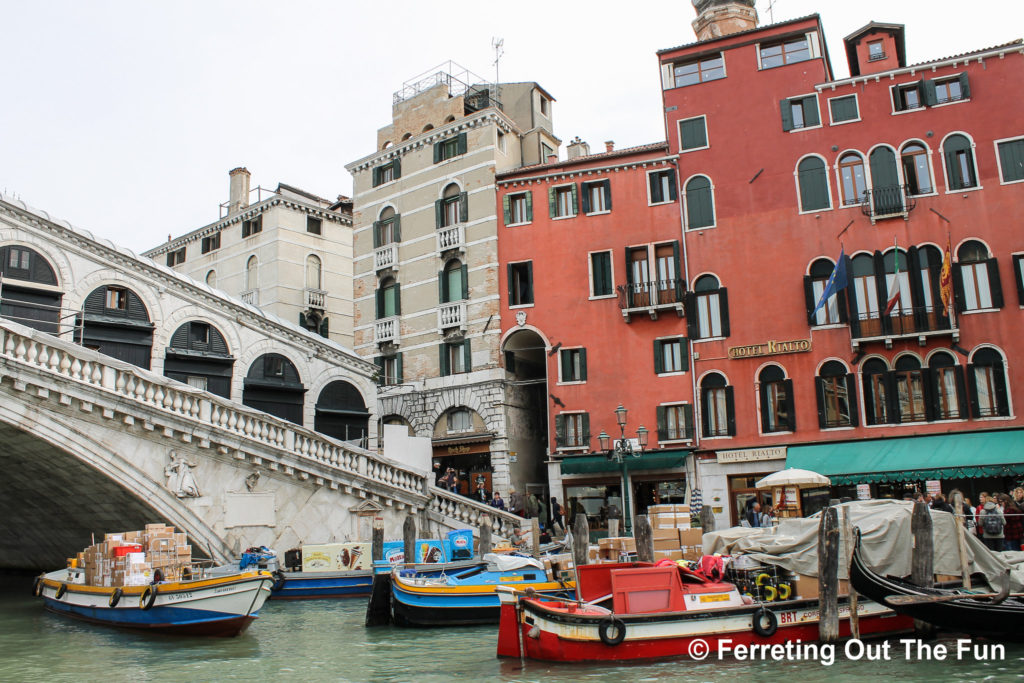
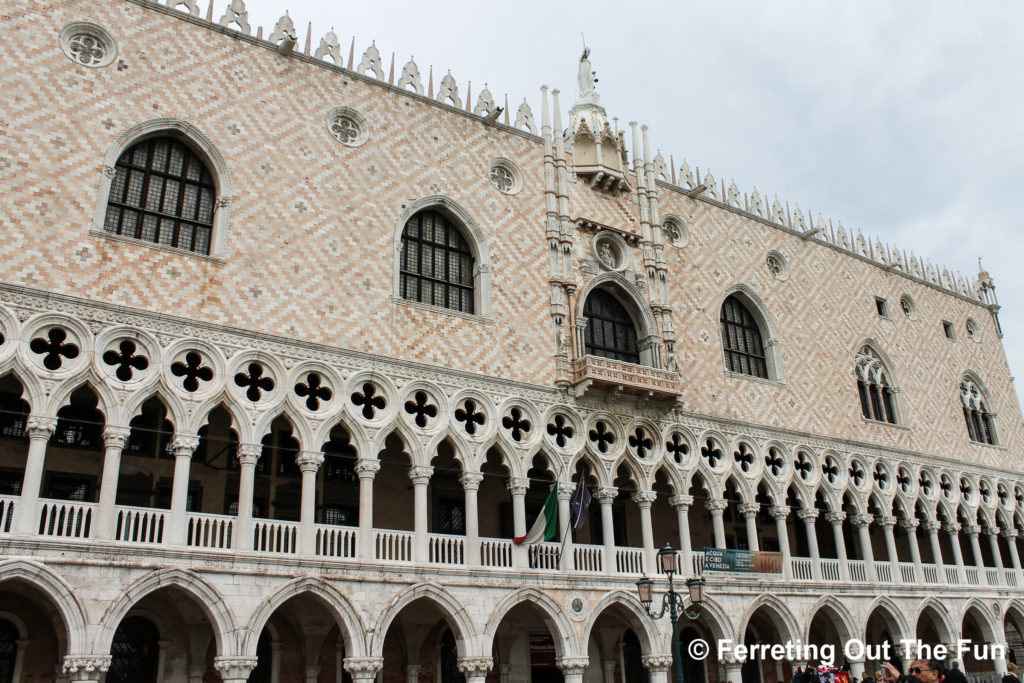
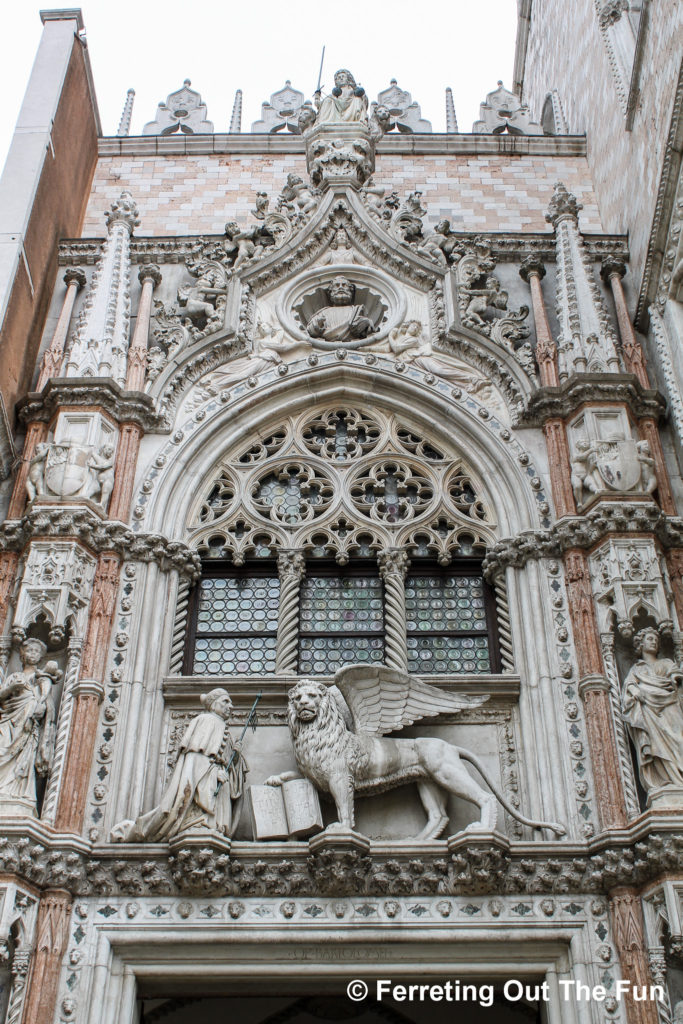
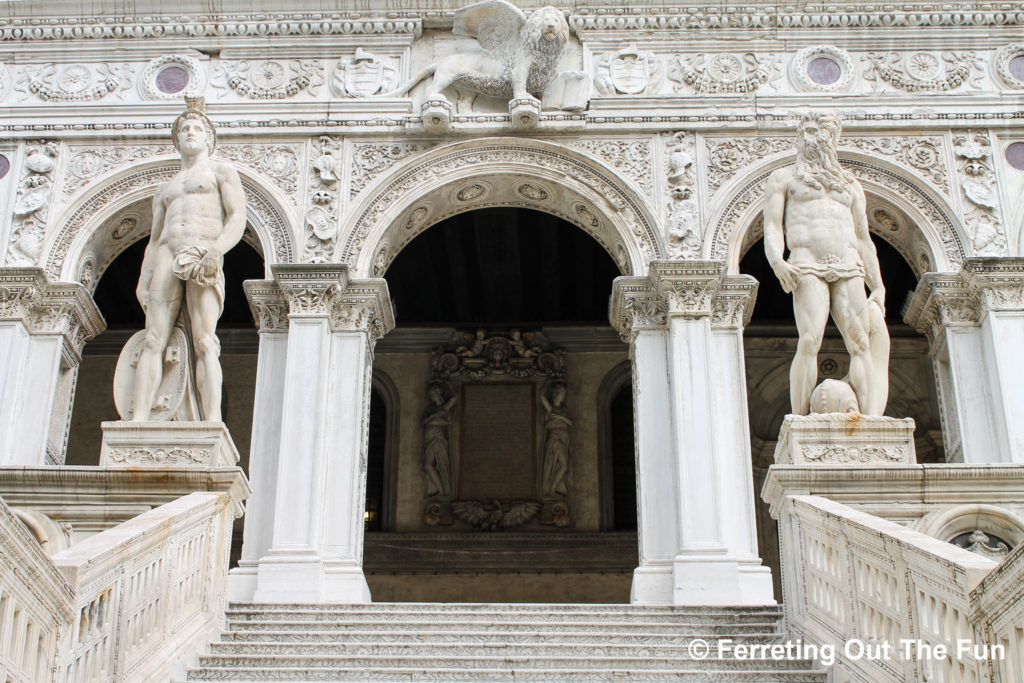
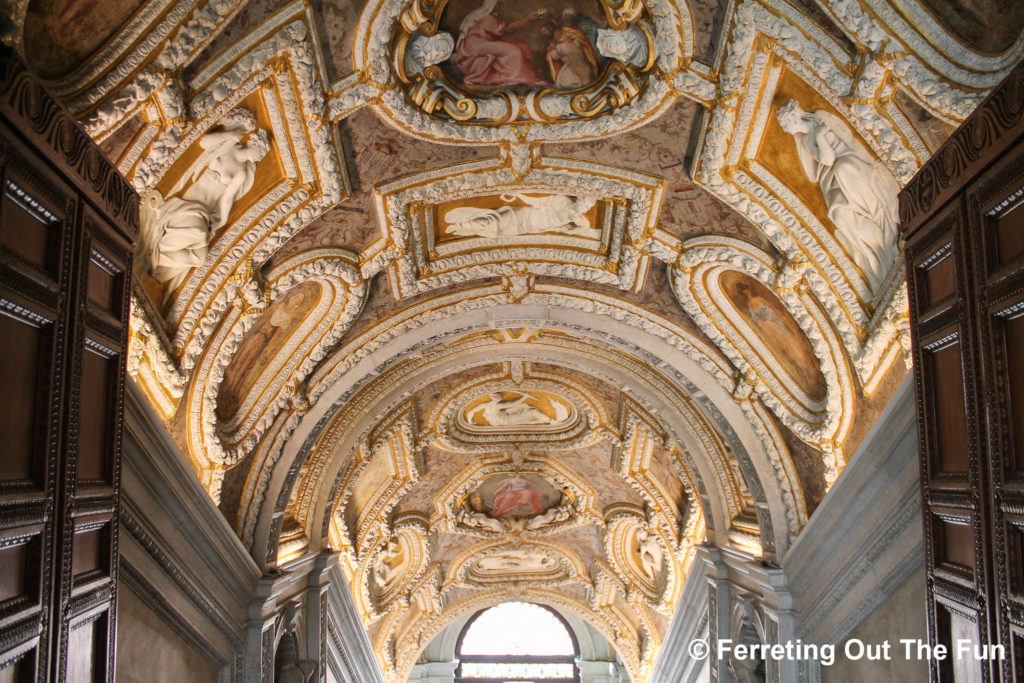
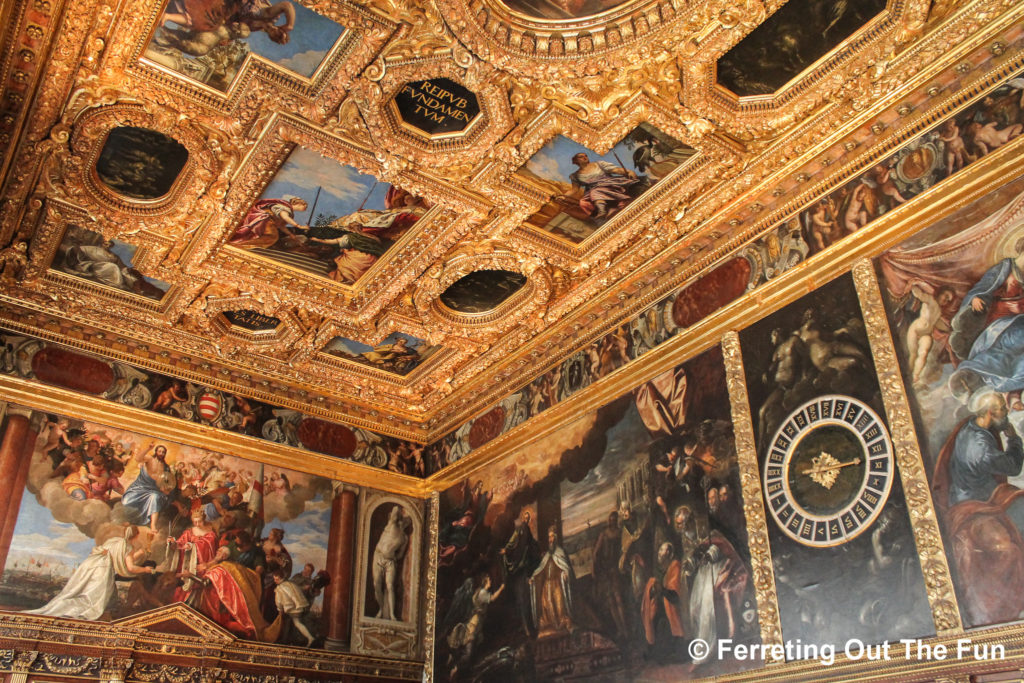
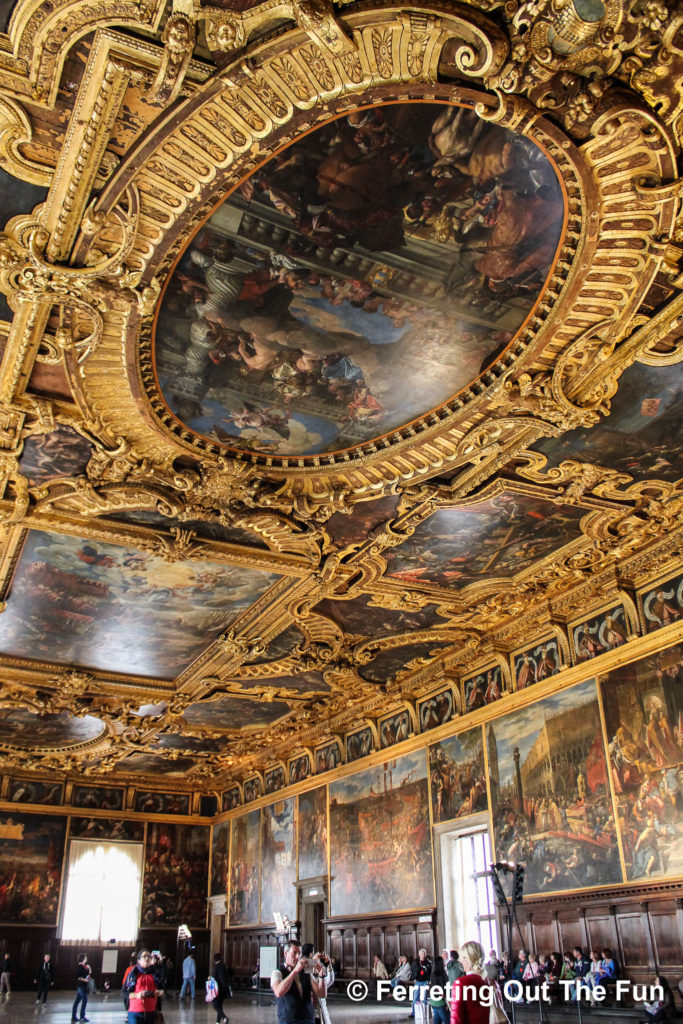
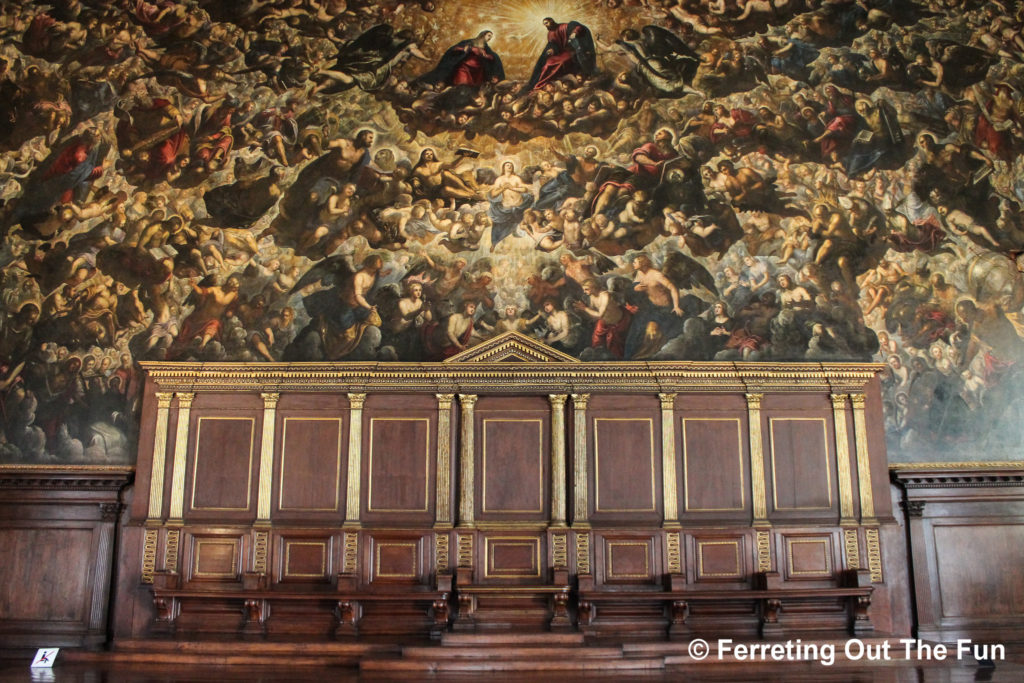
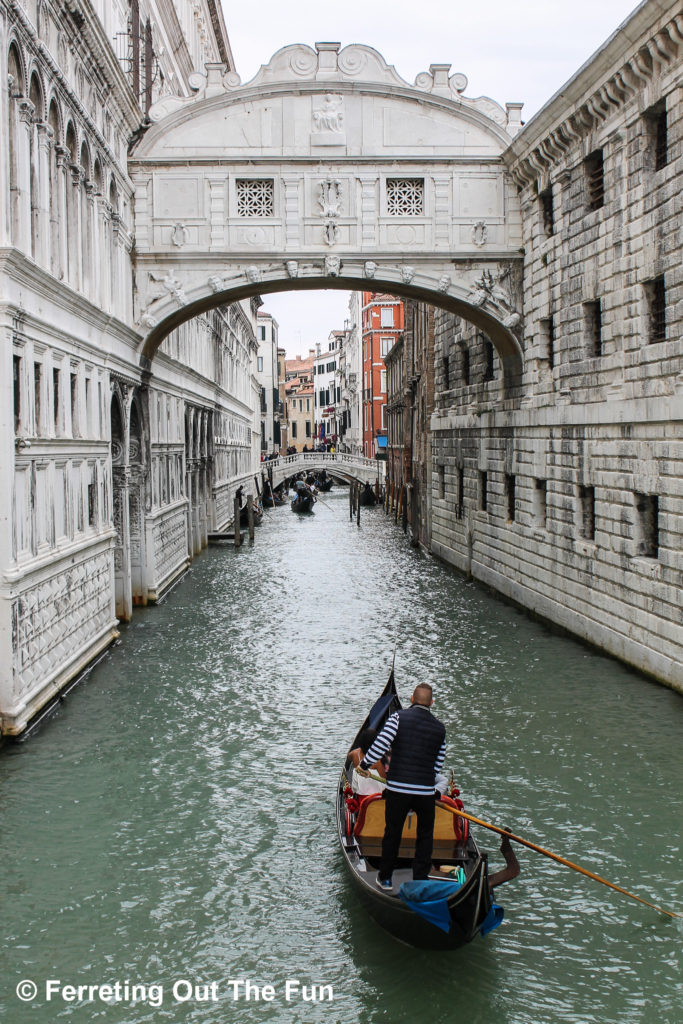
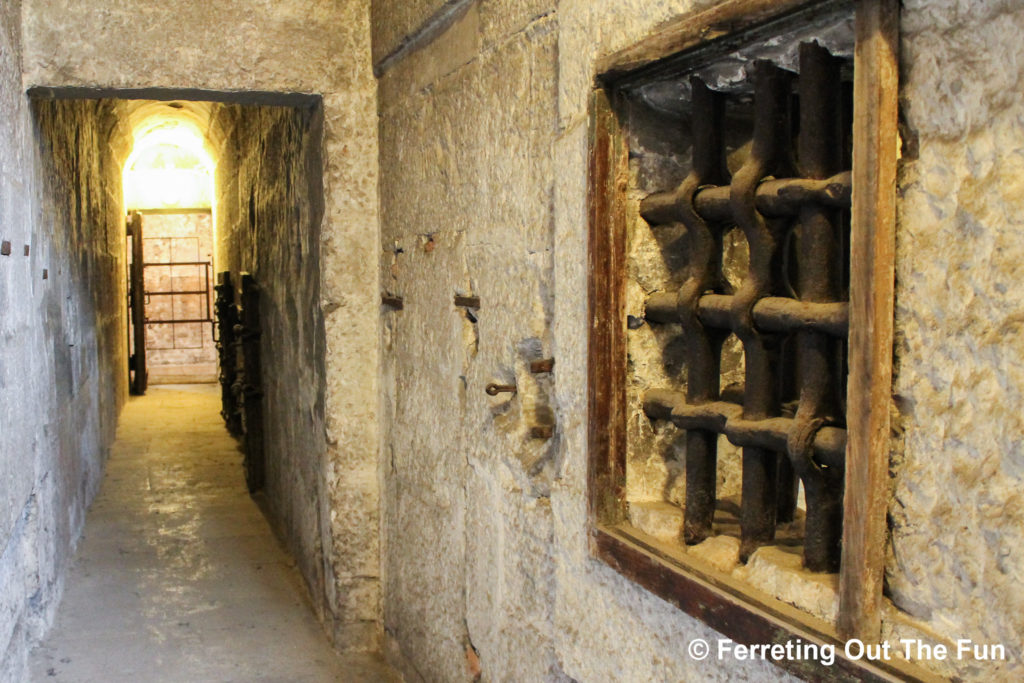
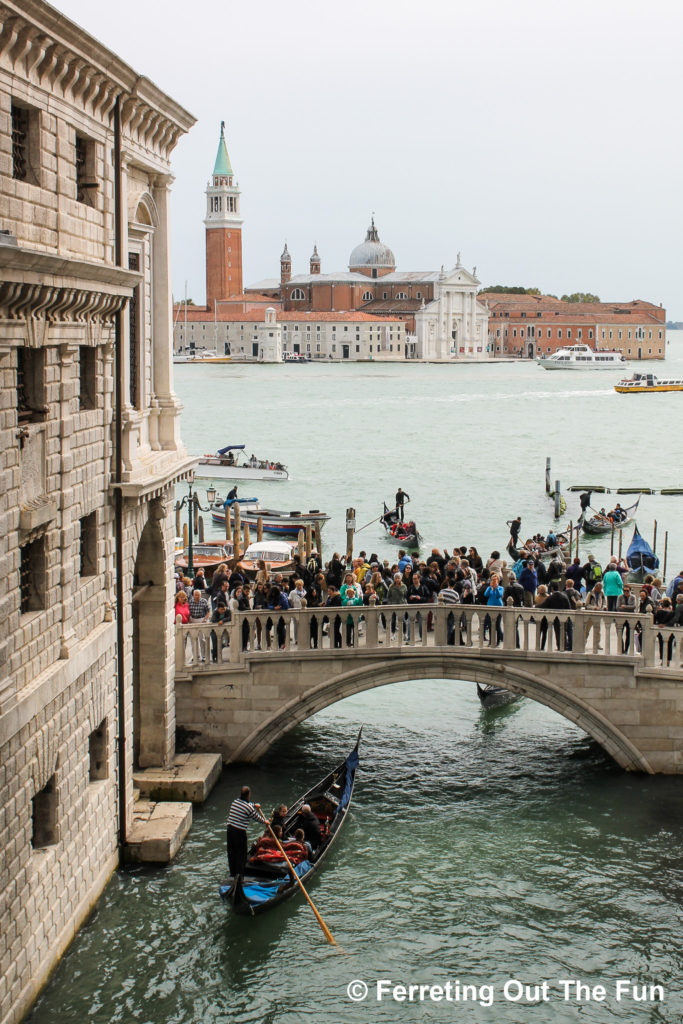
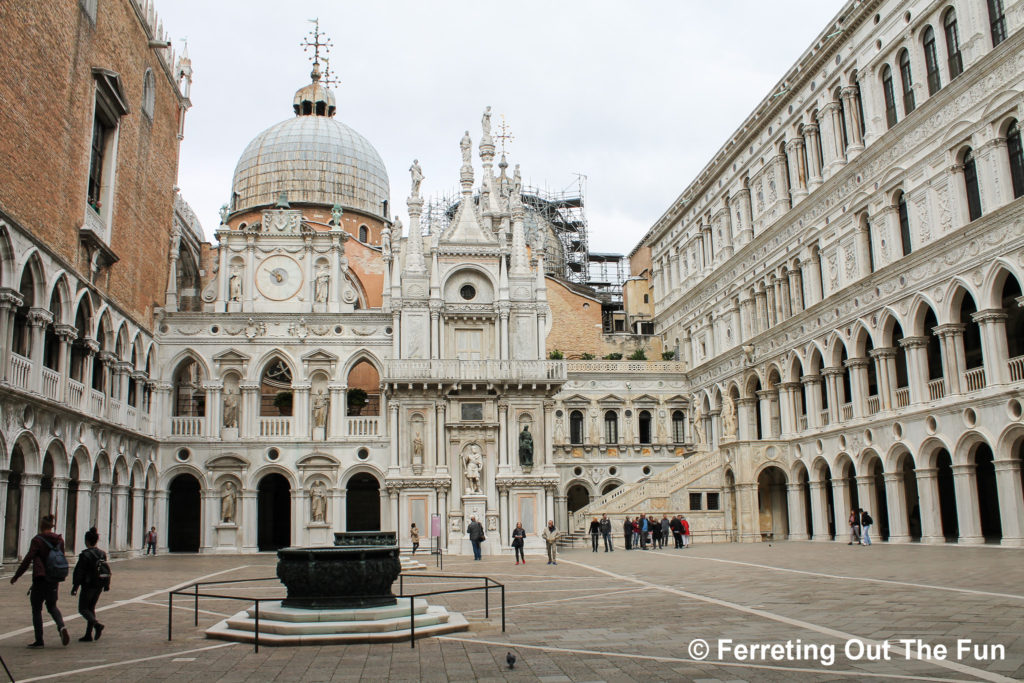
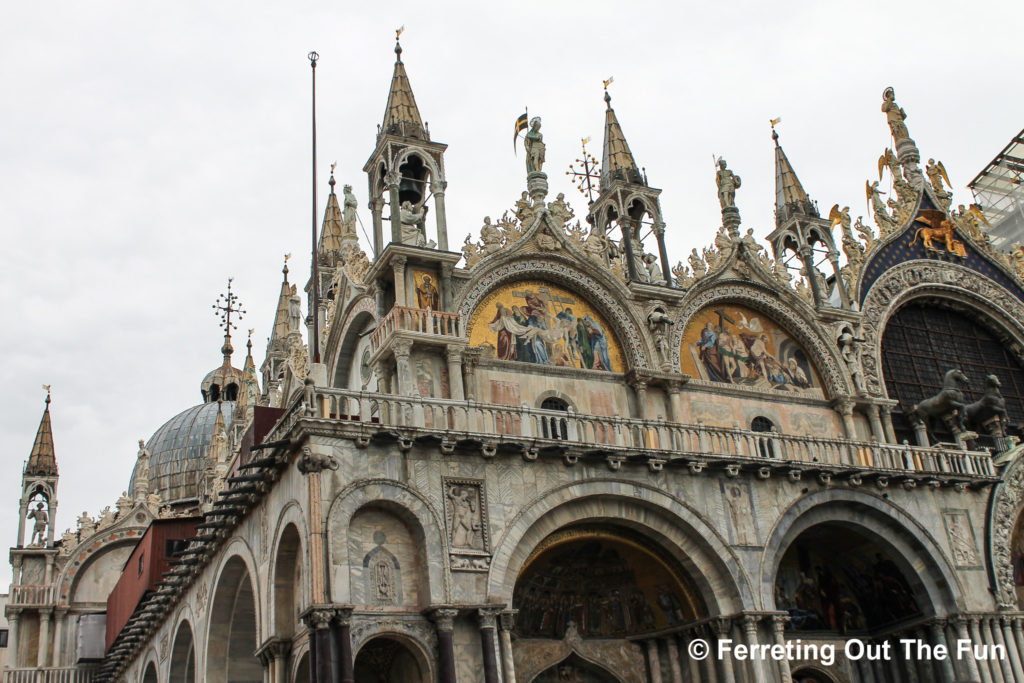
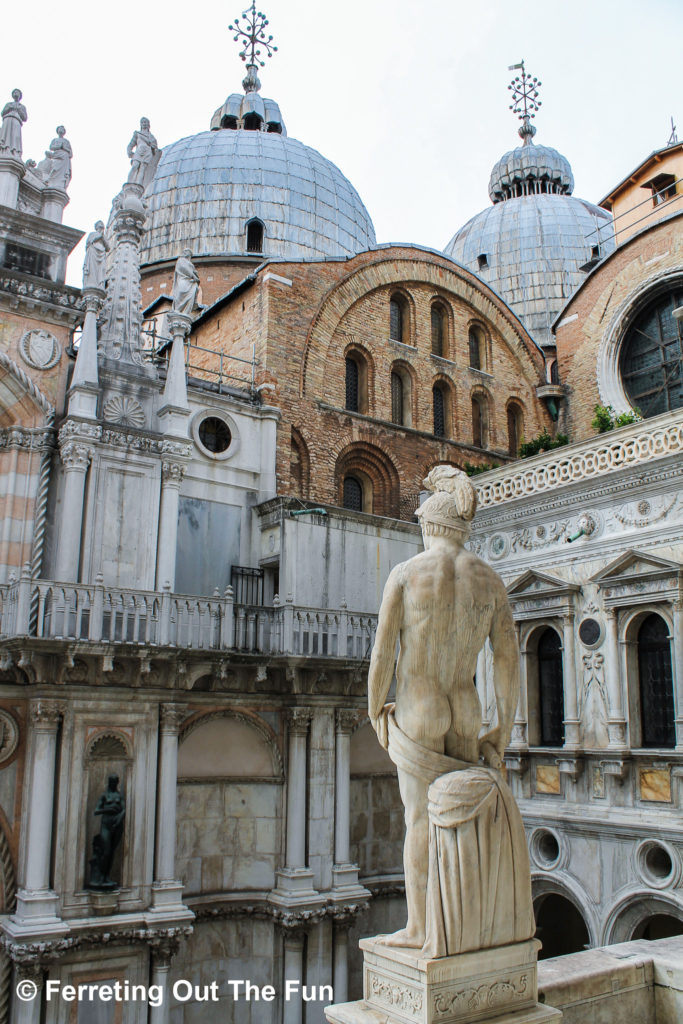
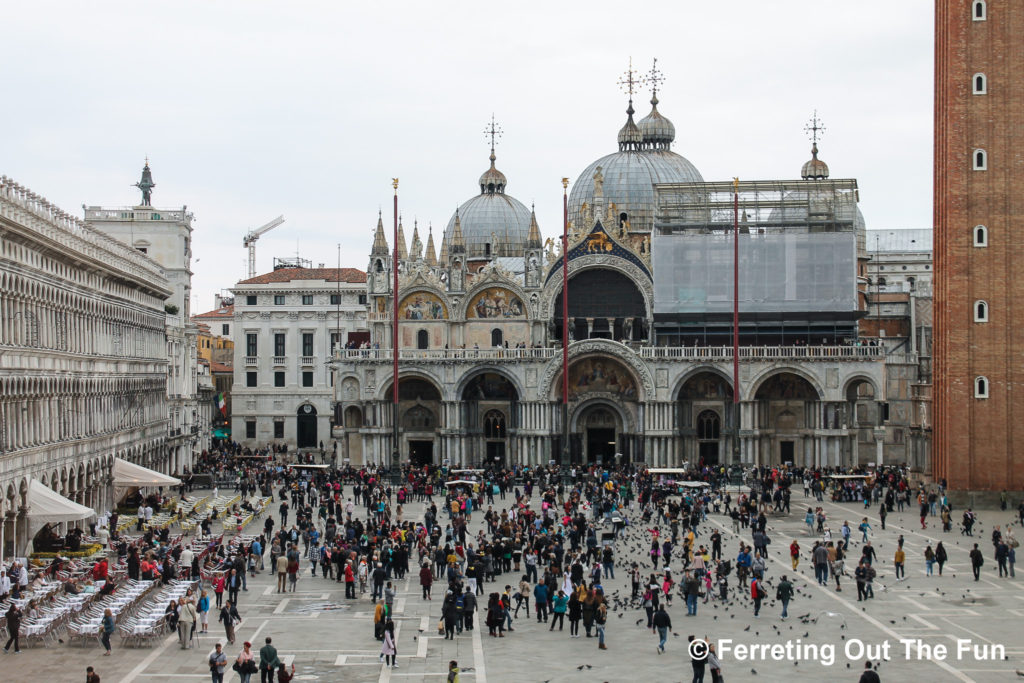
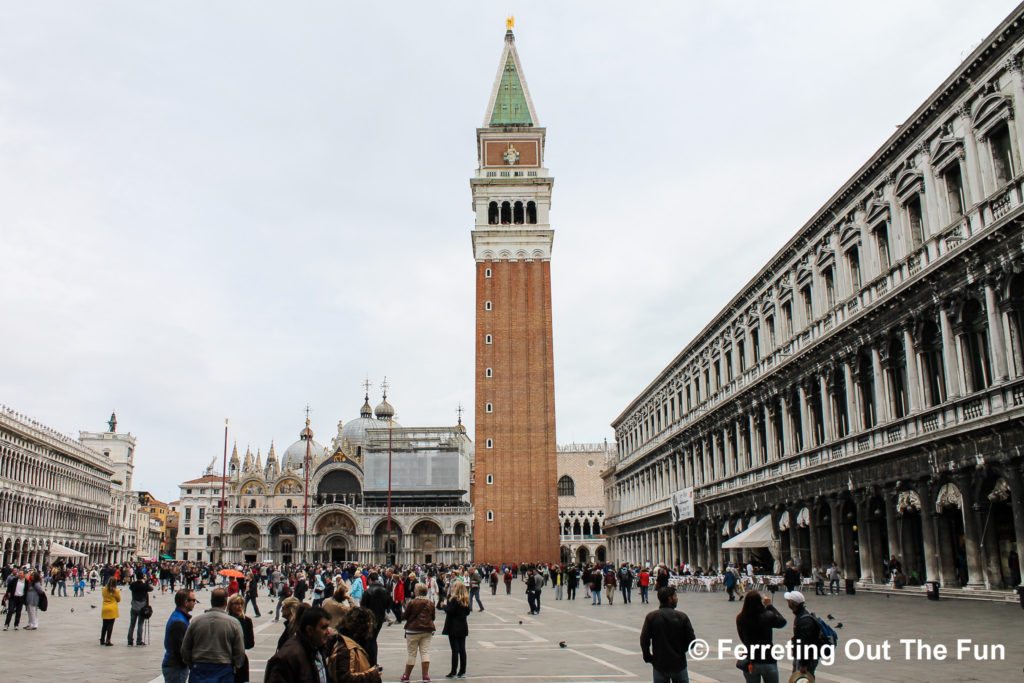
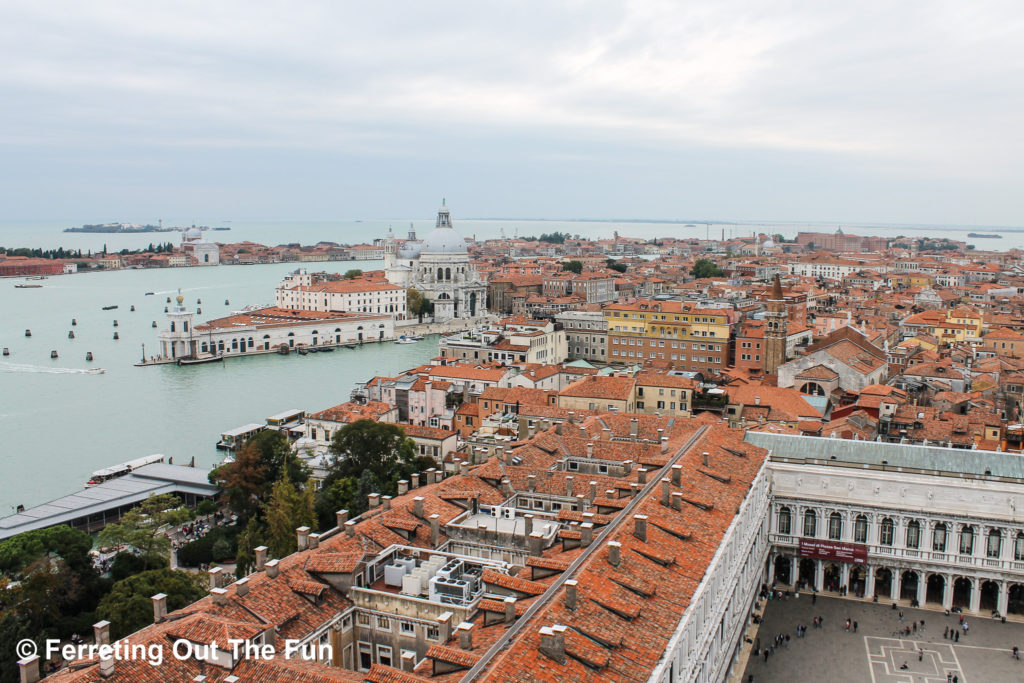
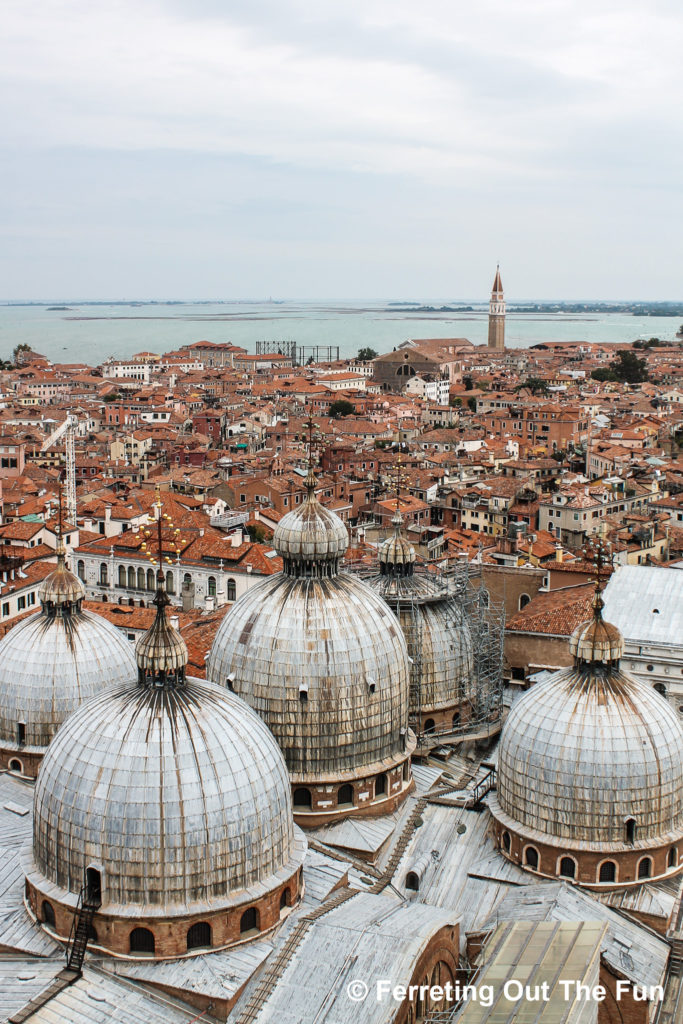
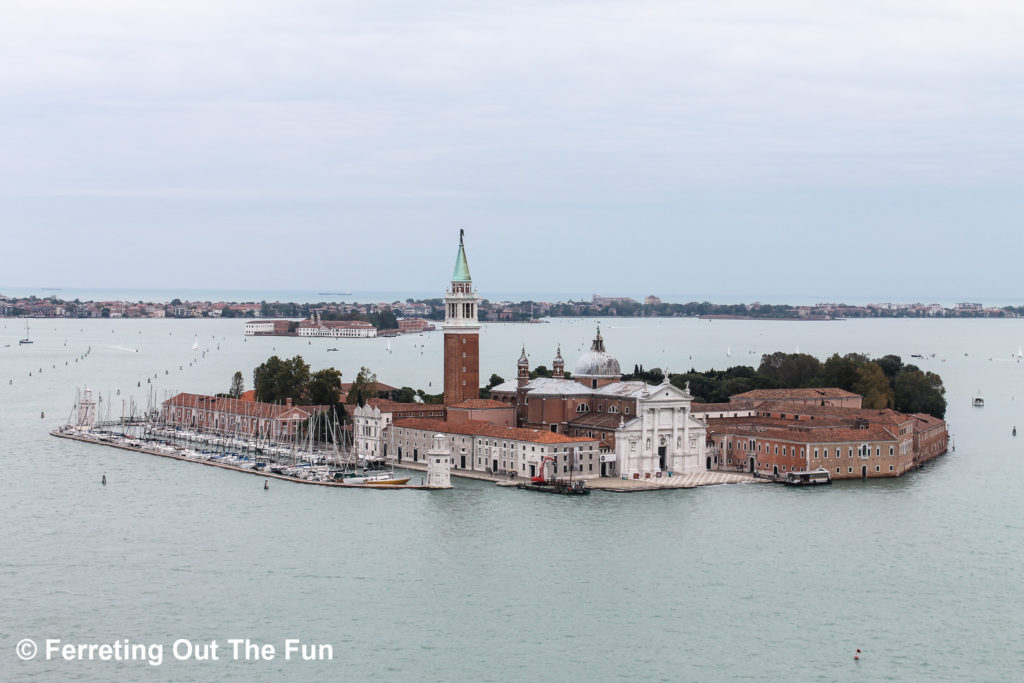
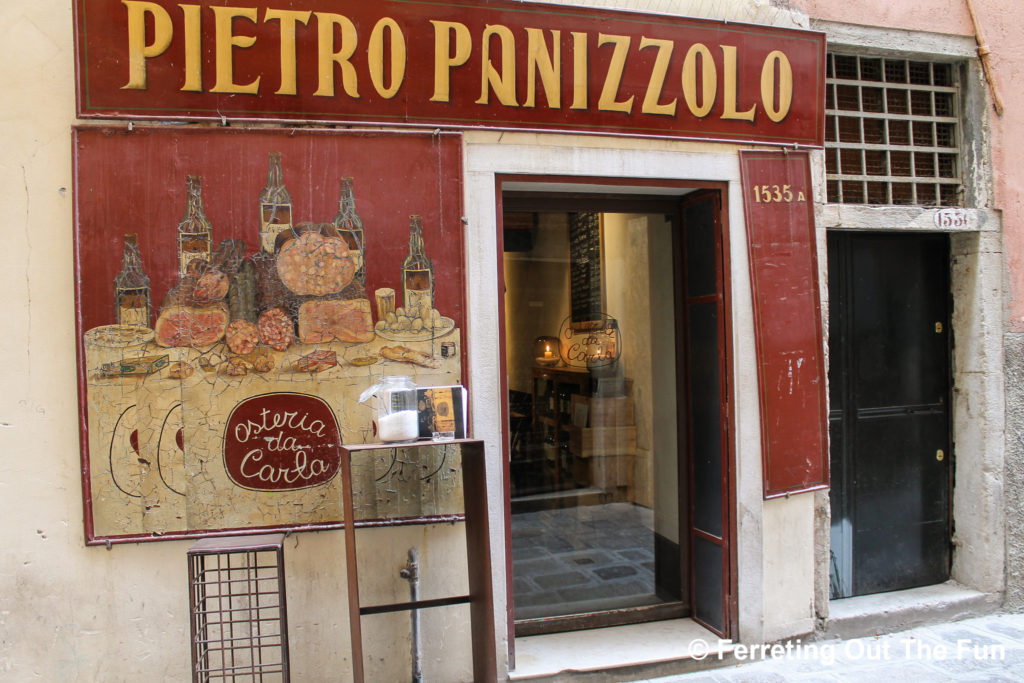
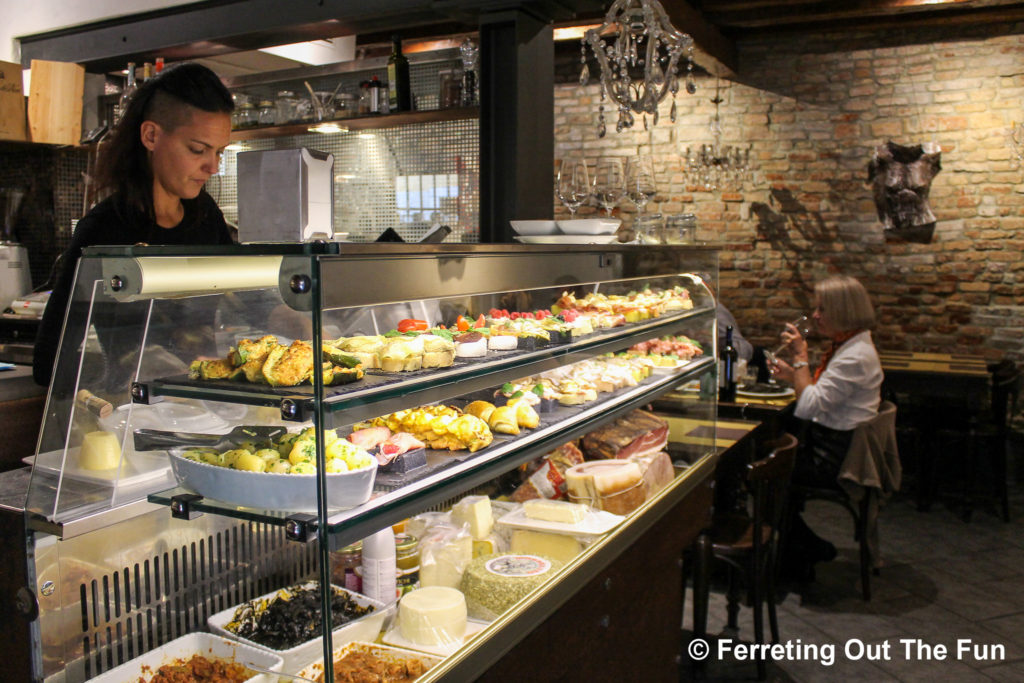
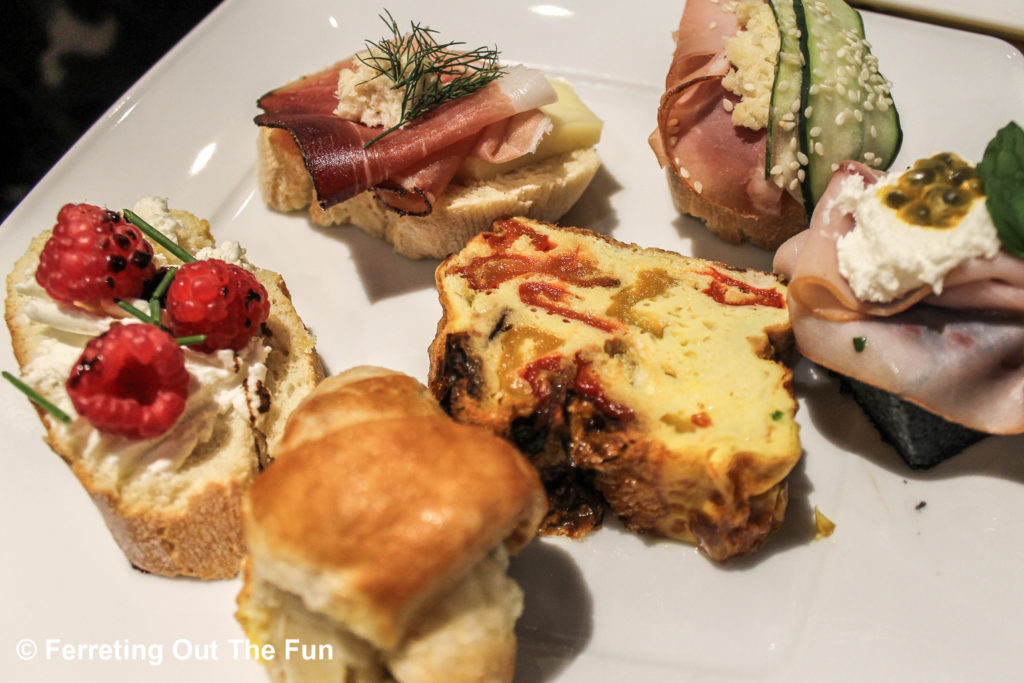
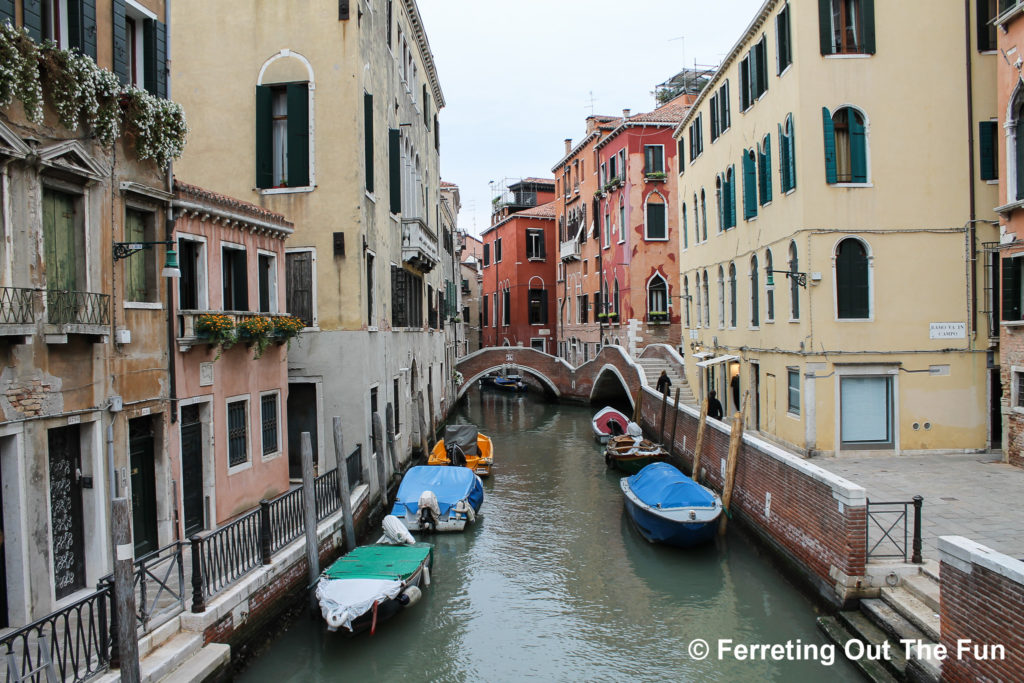
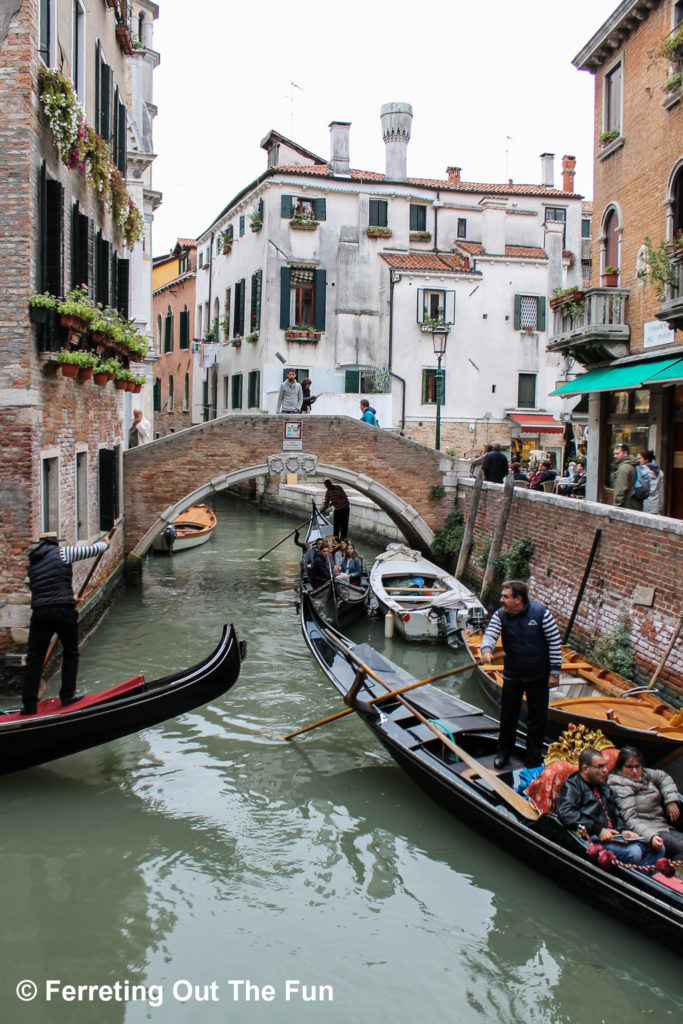
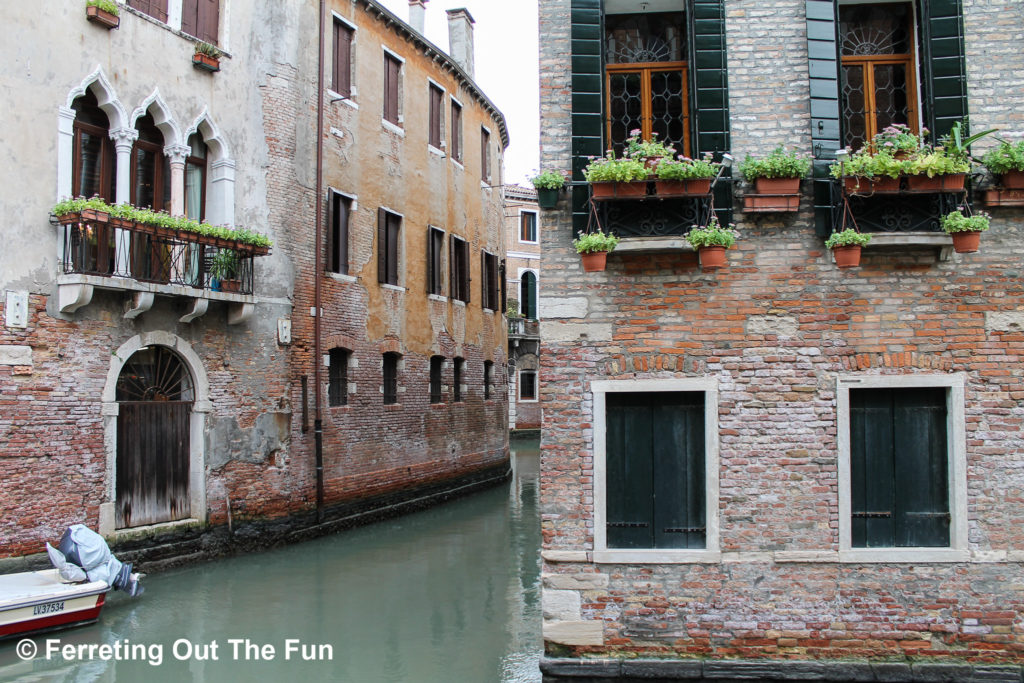
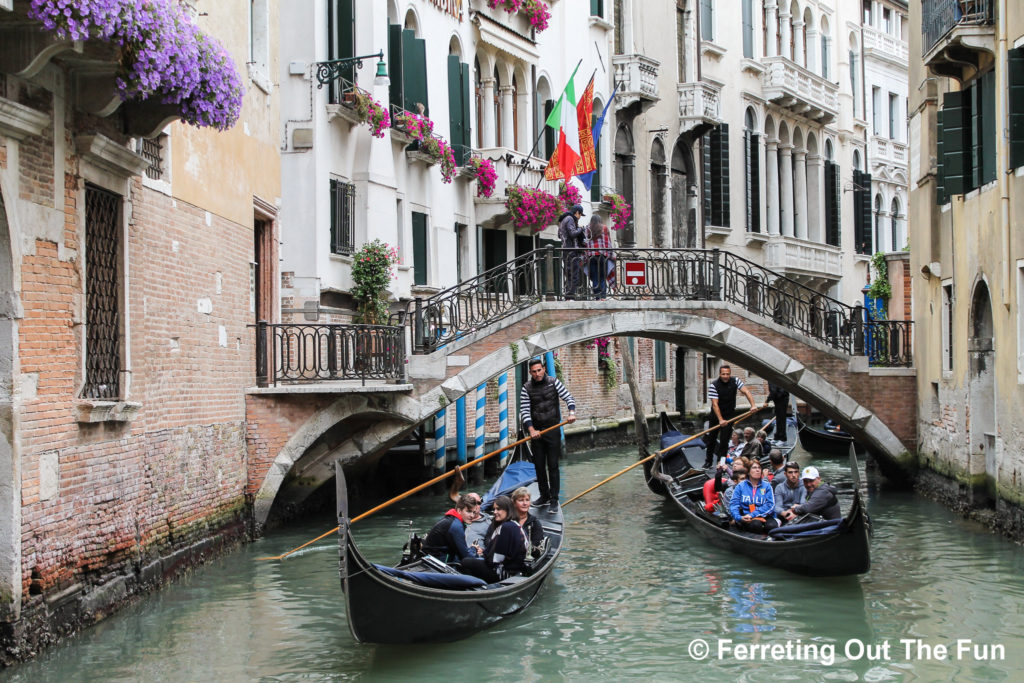
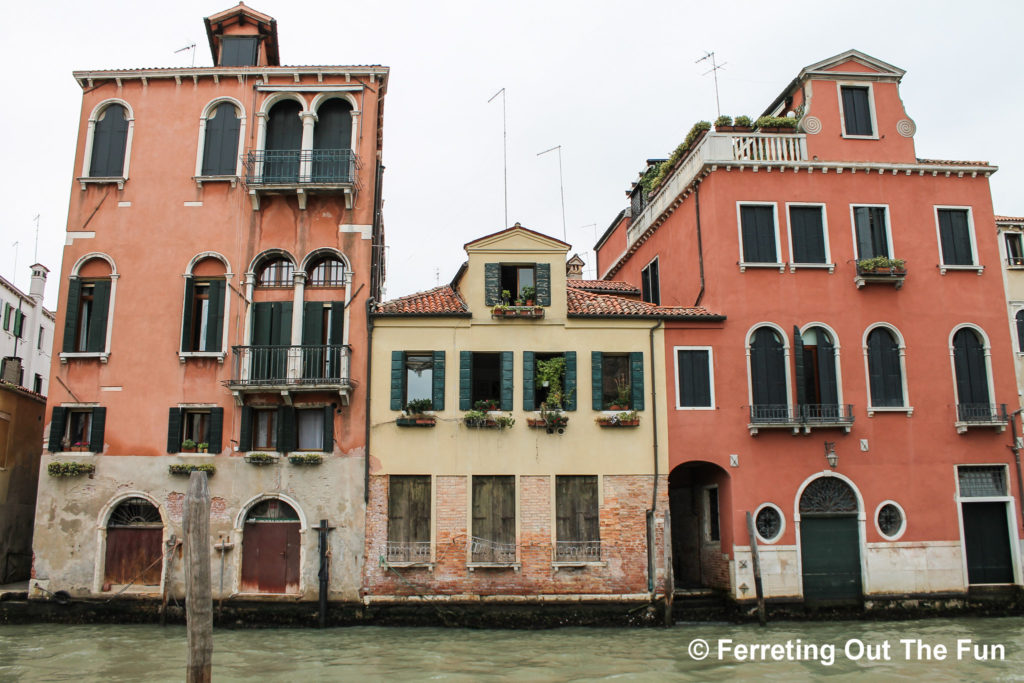
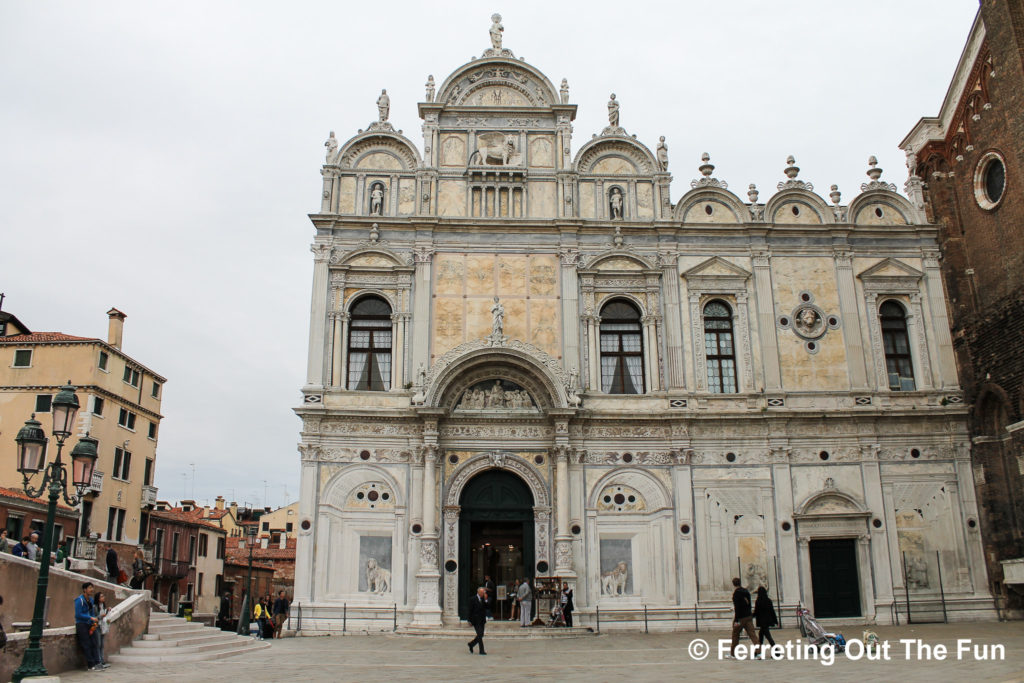
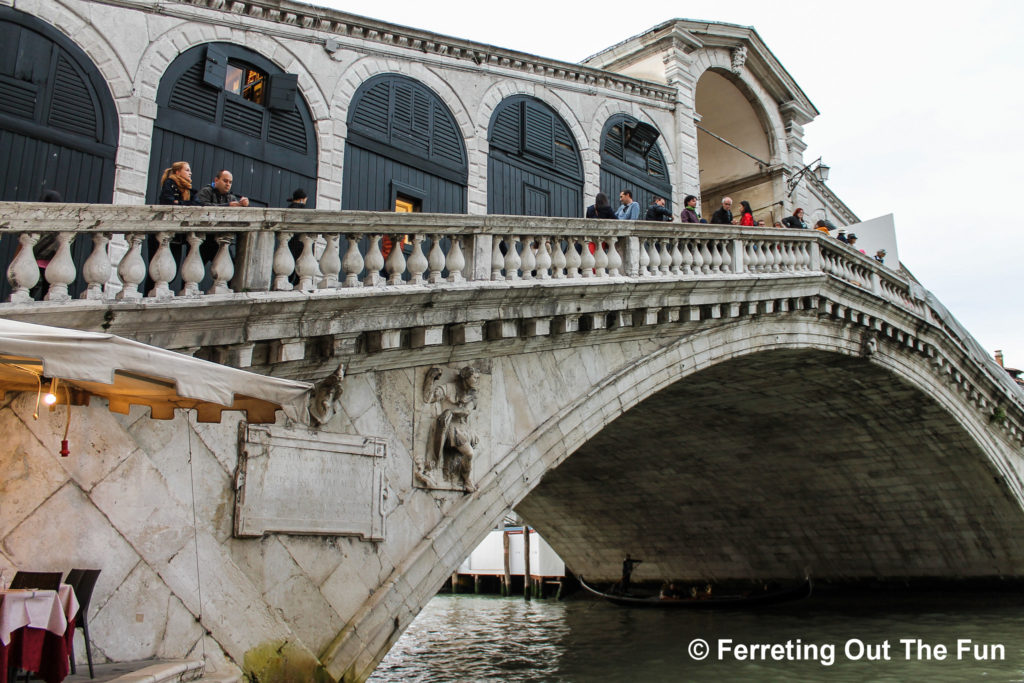
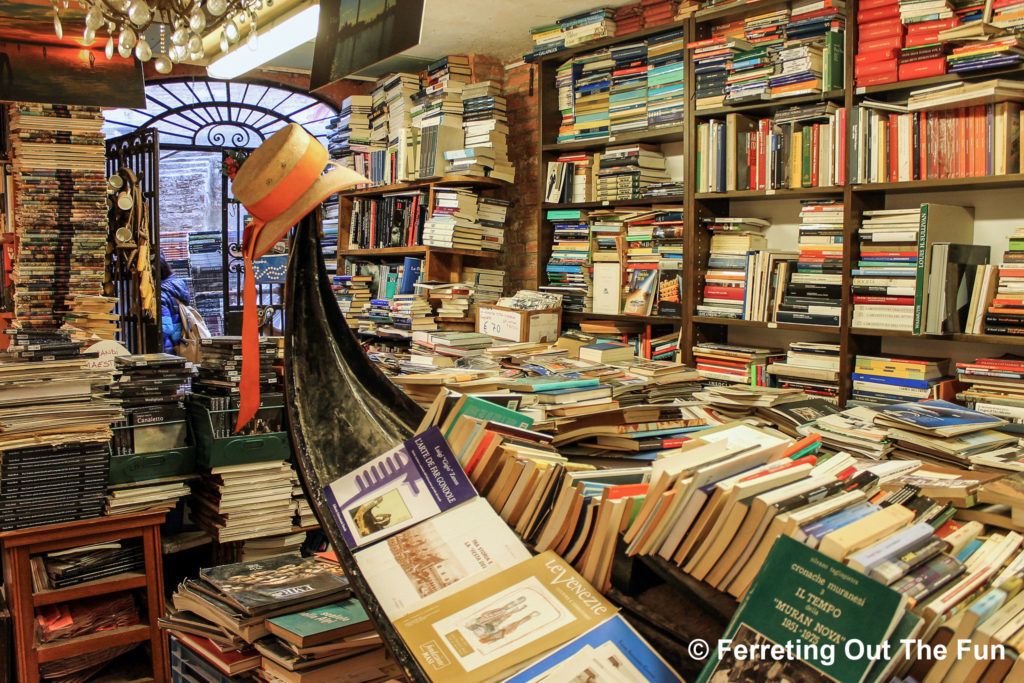
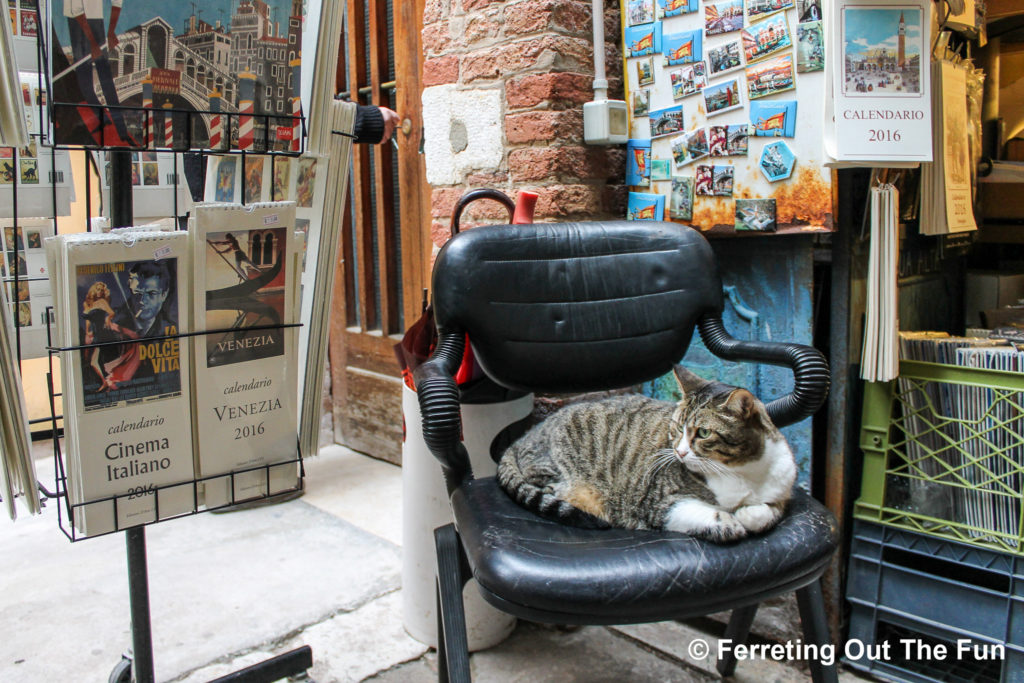
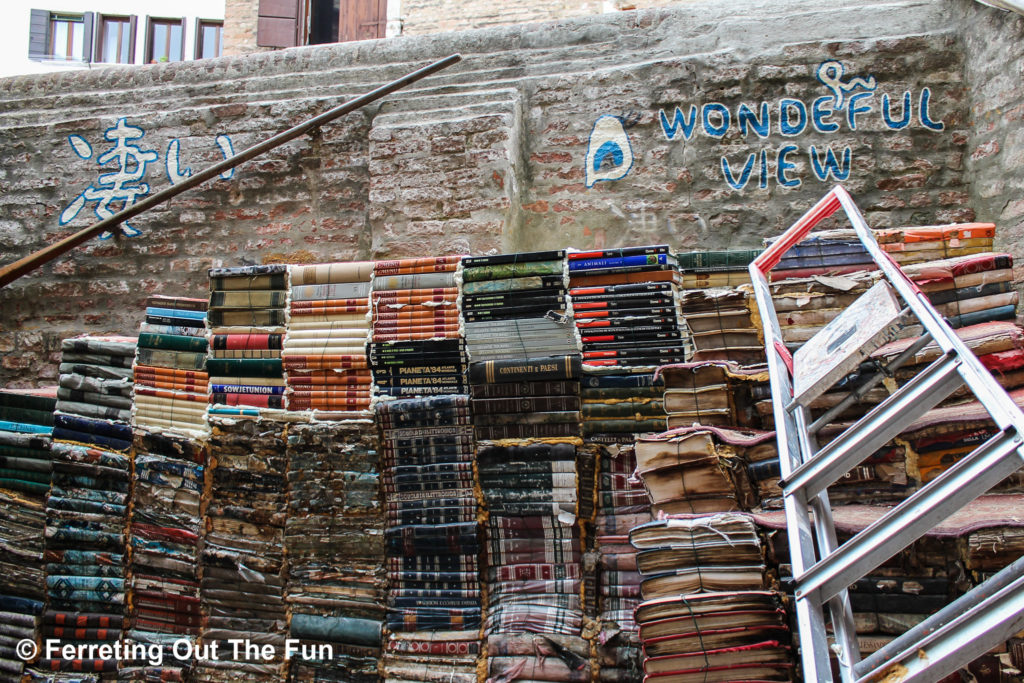
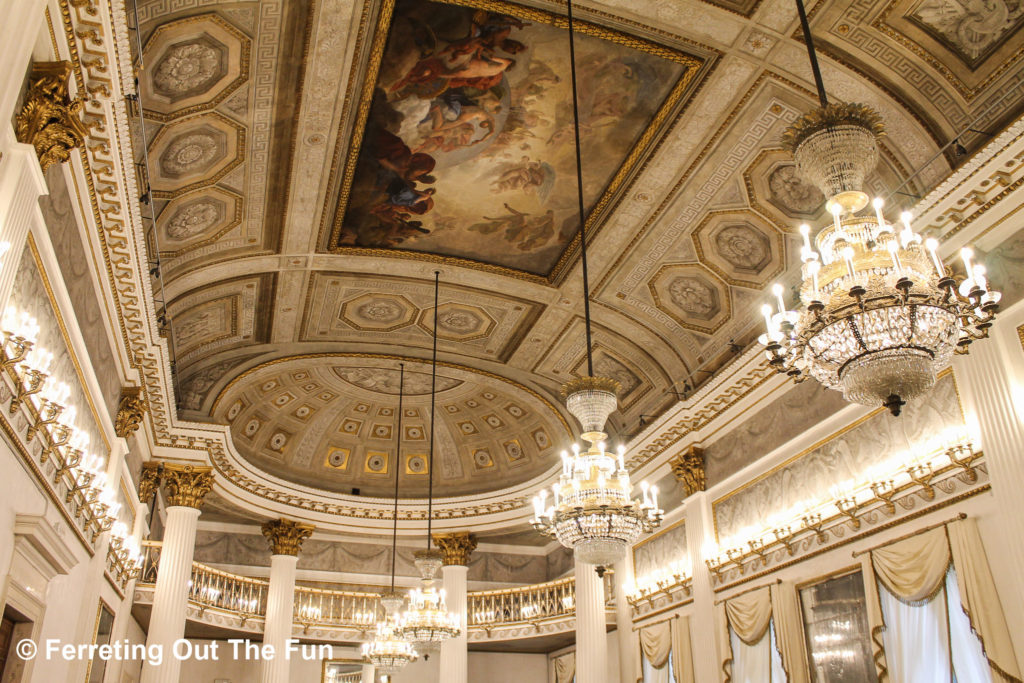
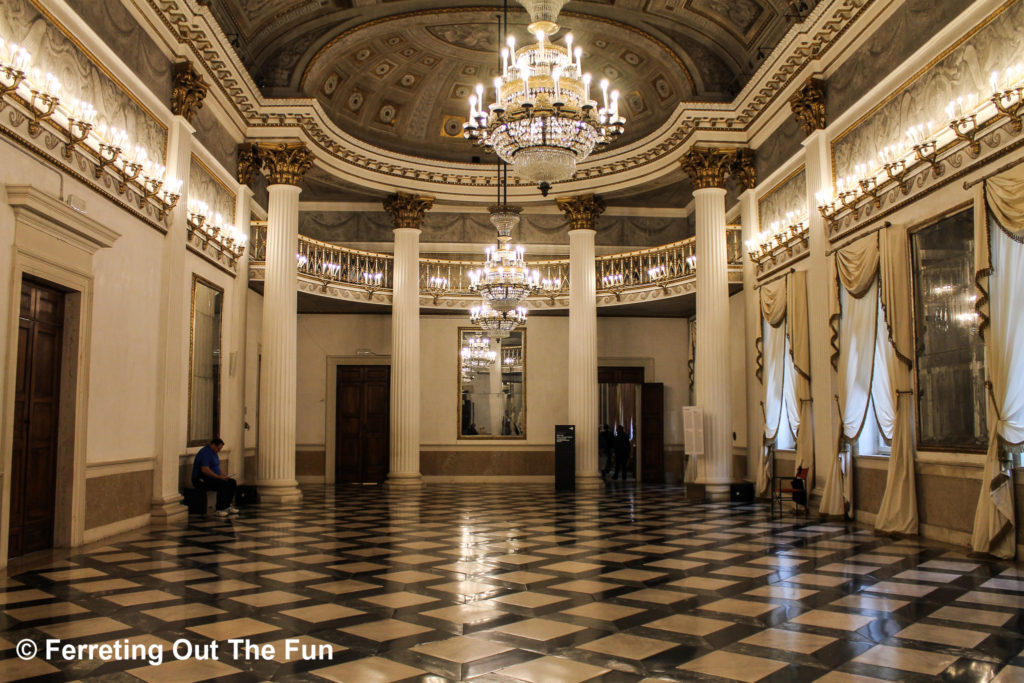
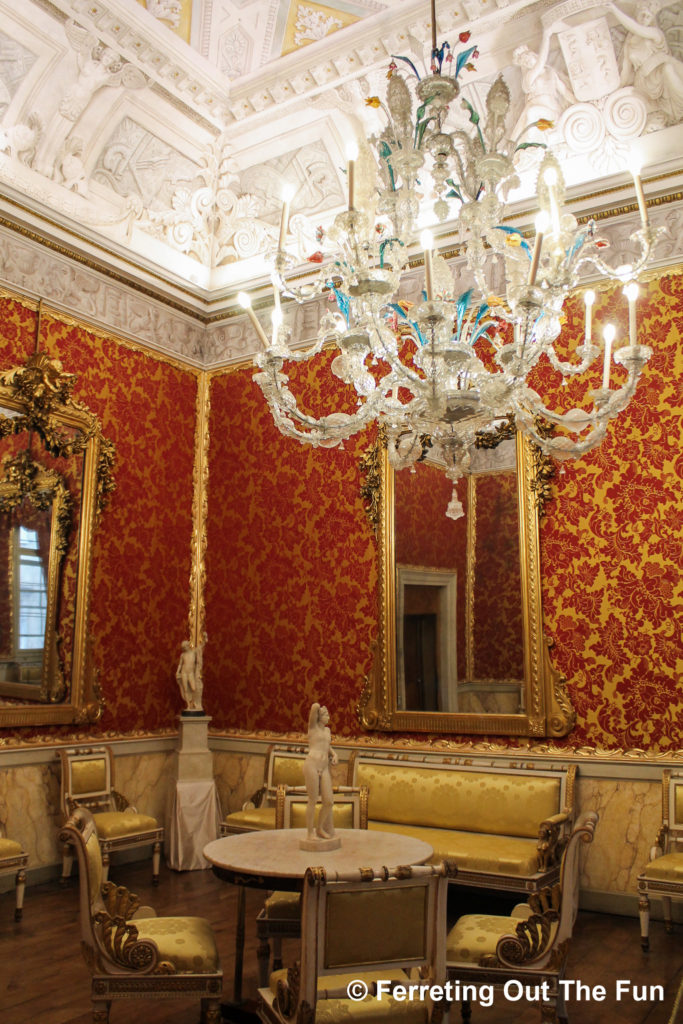
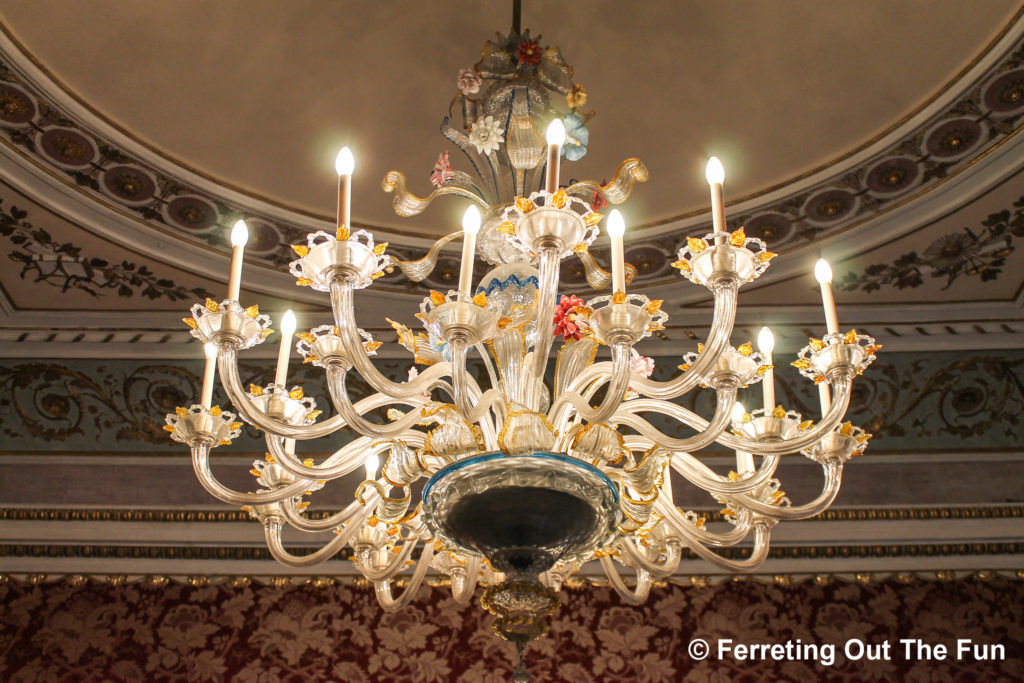
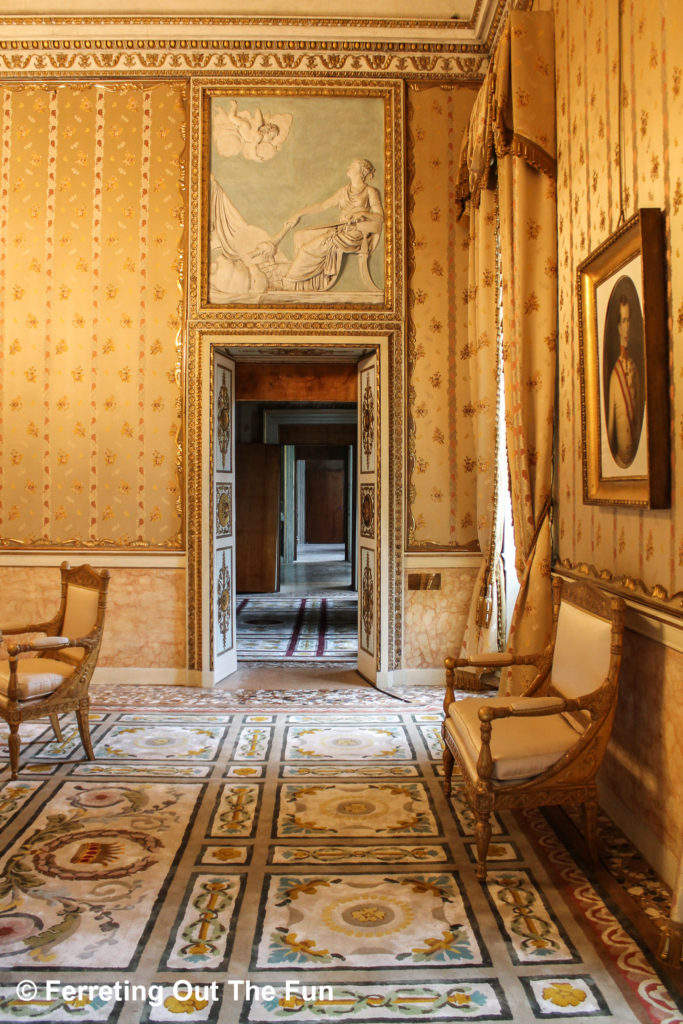
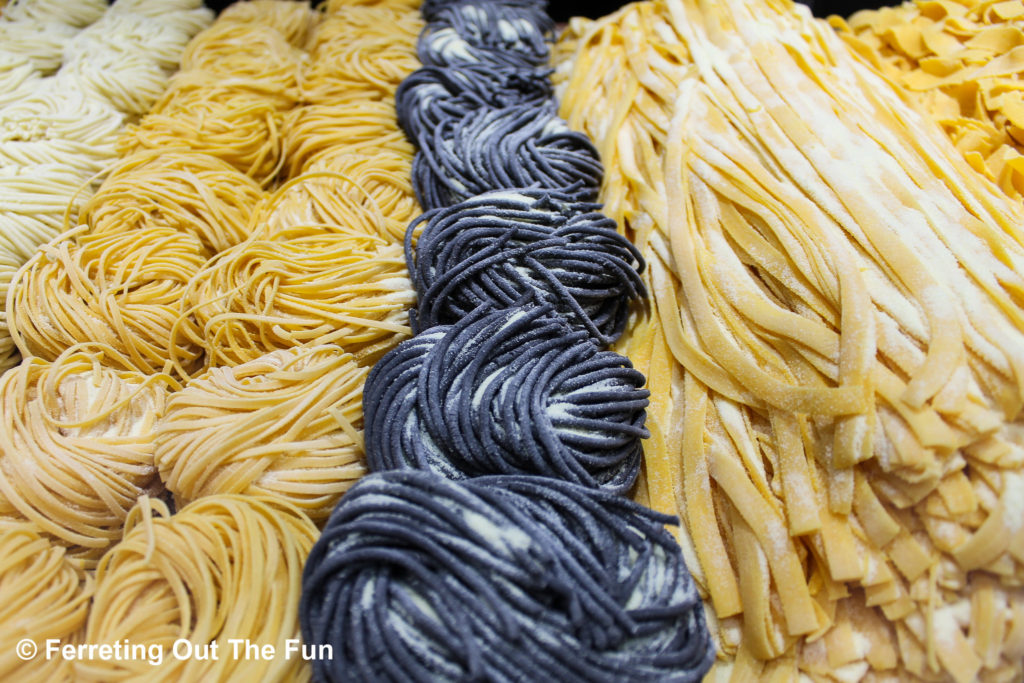
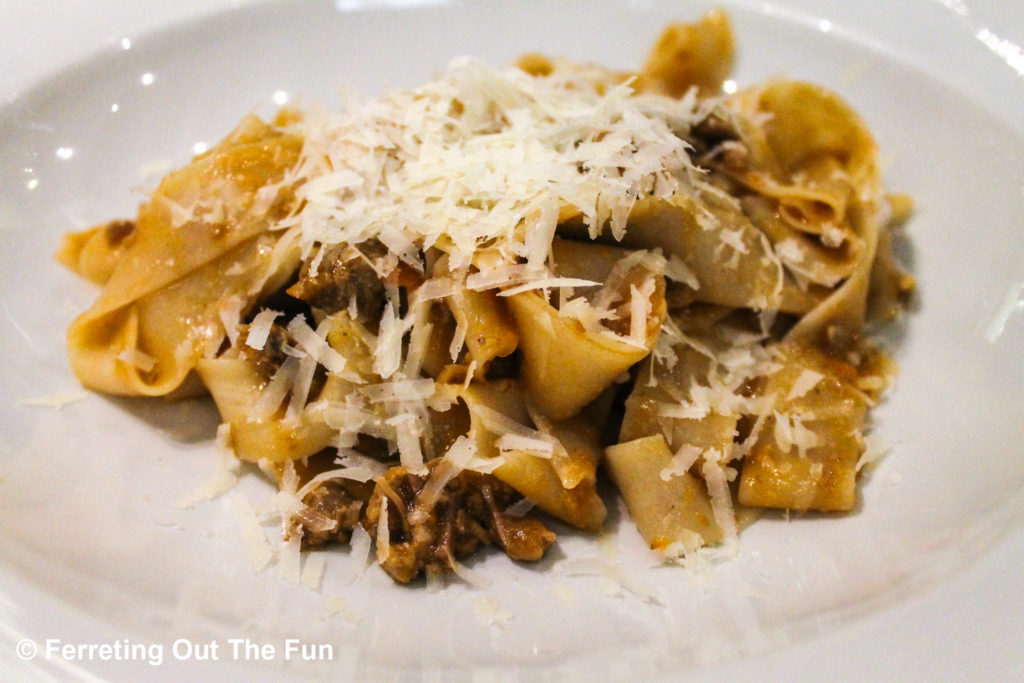
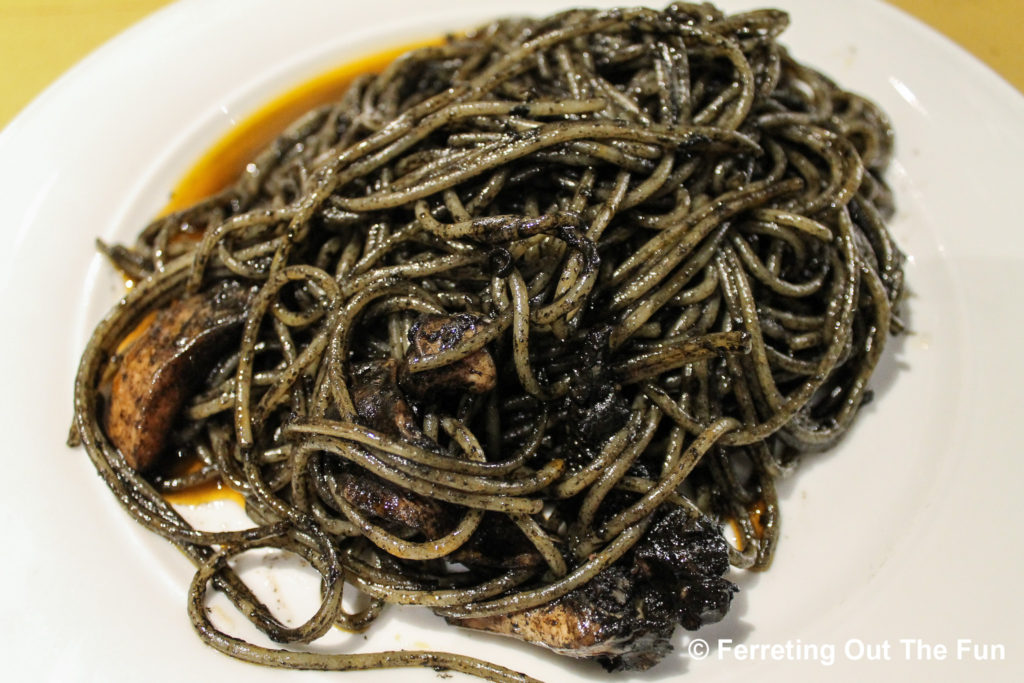
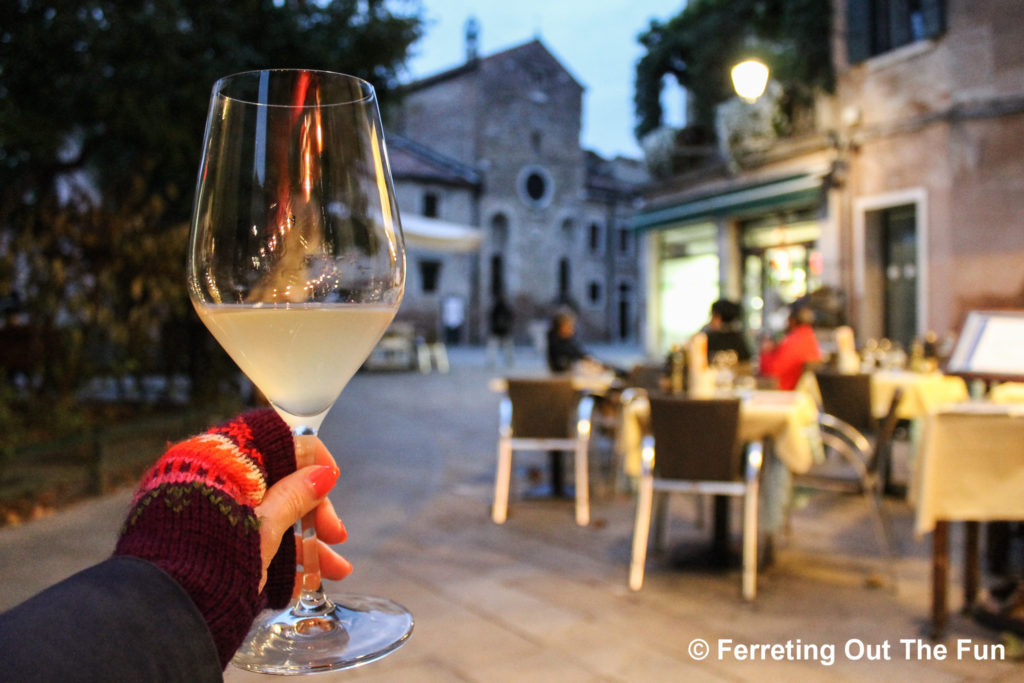
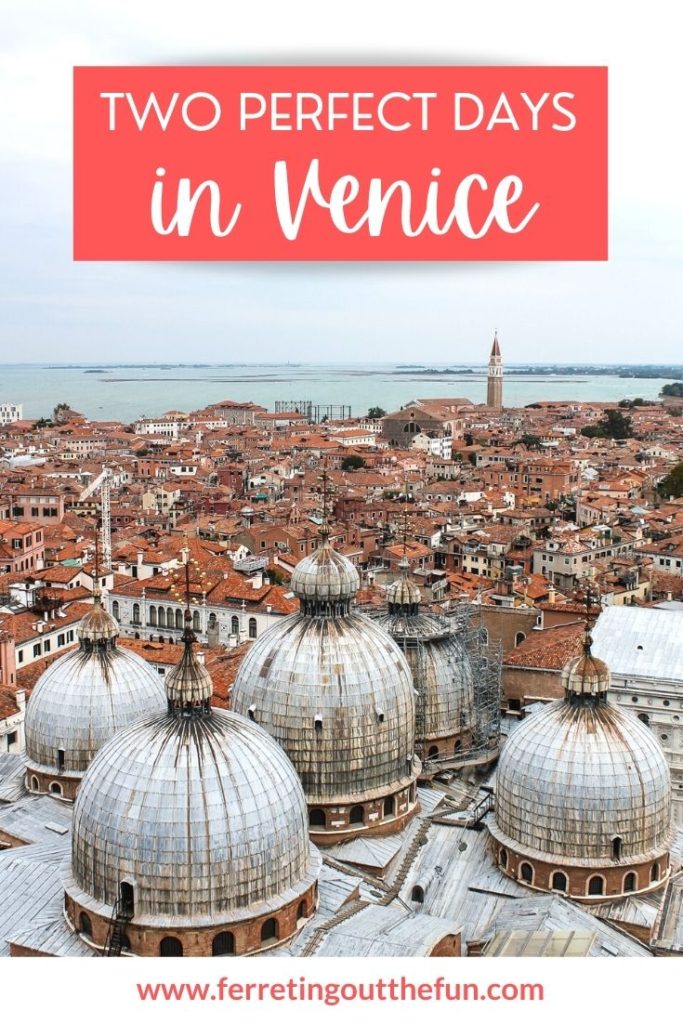
What a great blog!! Love all the pictures. I do hope I get to visit again. Was a travel novice when there so many years ago. Missed a great many sights.
Amazing blog. Beautiful photographs. Thanks for sharing this informative blog 🙂
Wonderful and informative presentation, accompanied by equally fantastic photography well done, keep up the good work.,
Thanks so much!
great information thanks for sharing with us